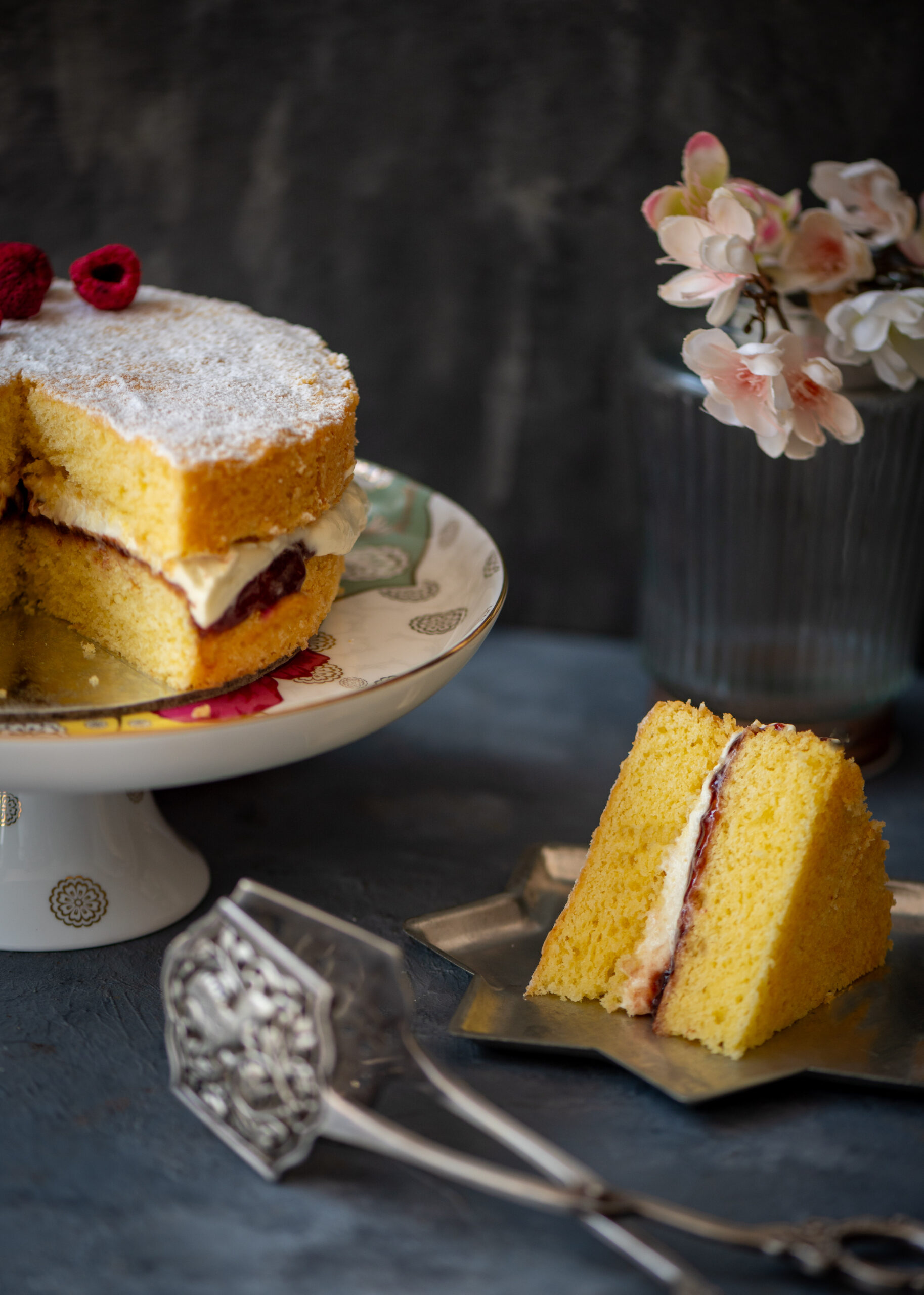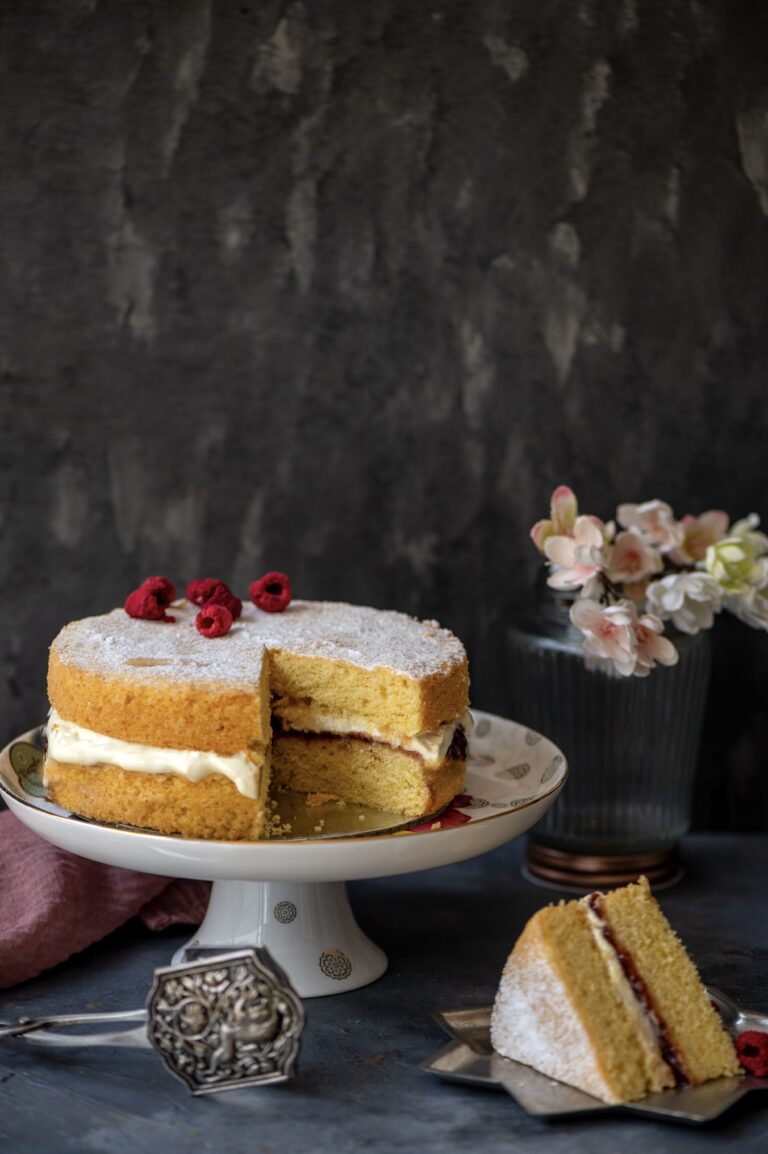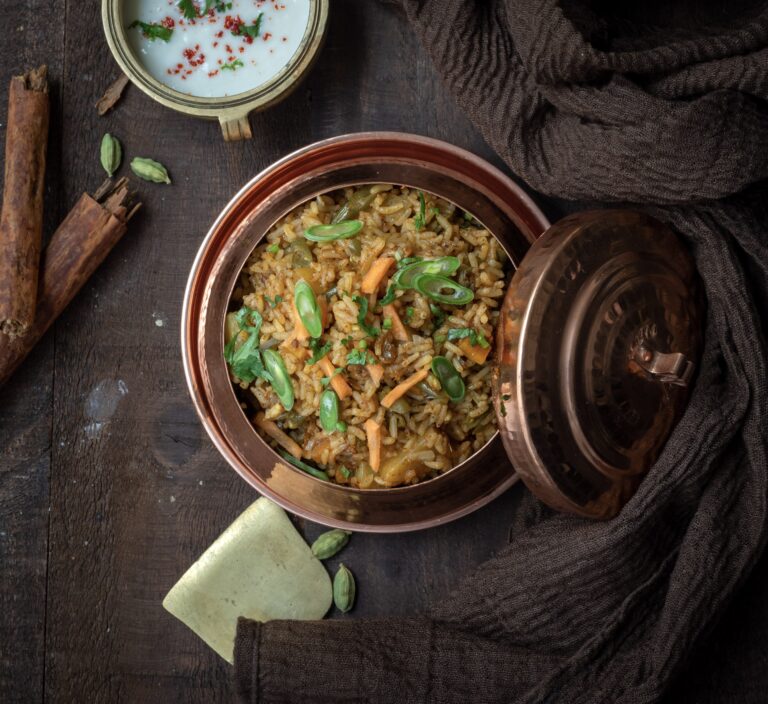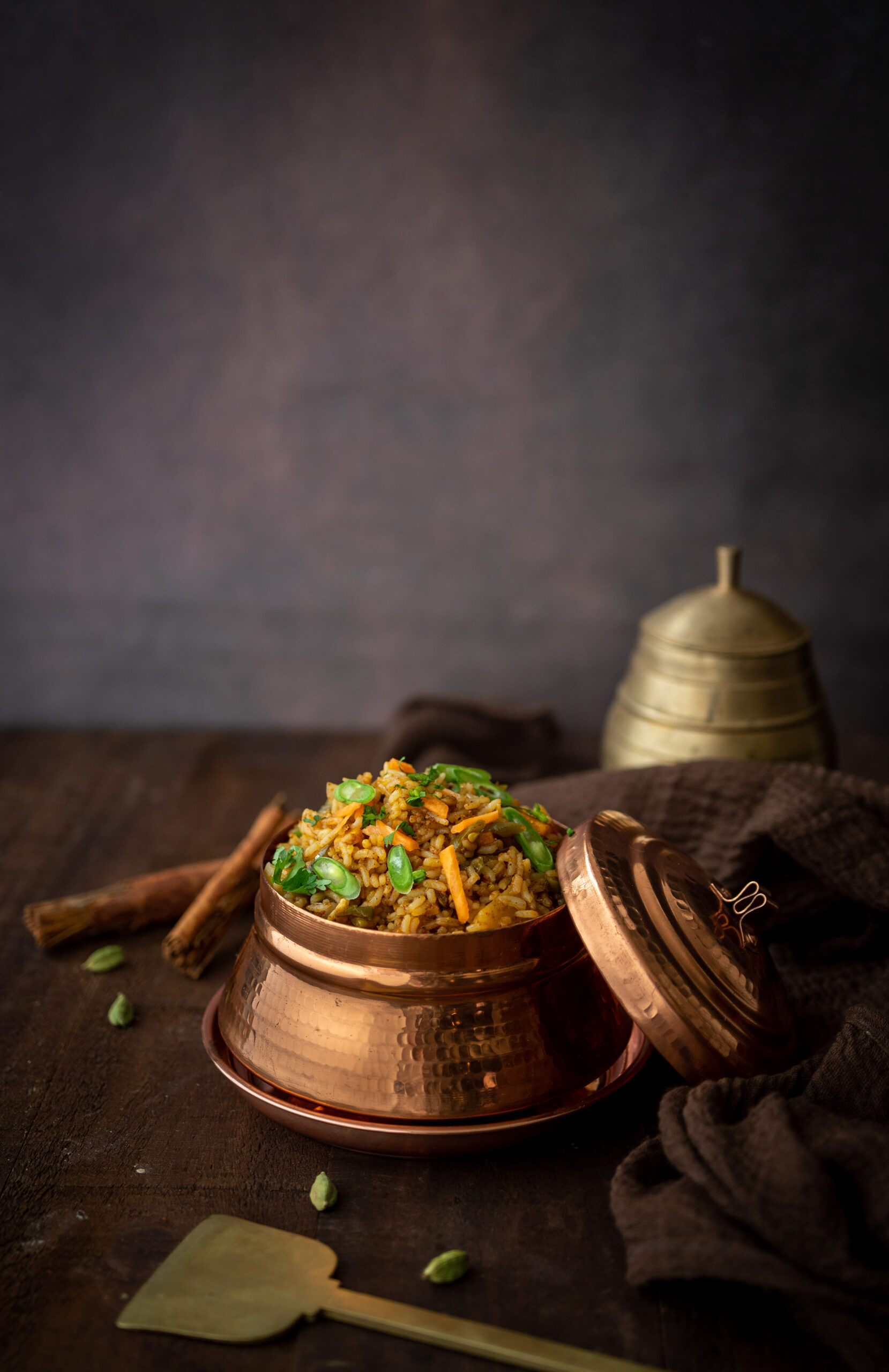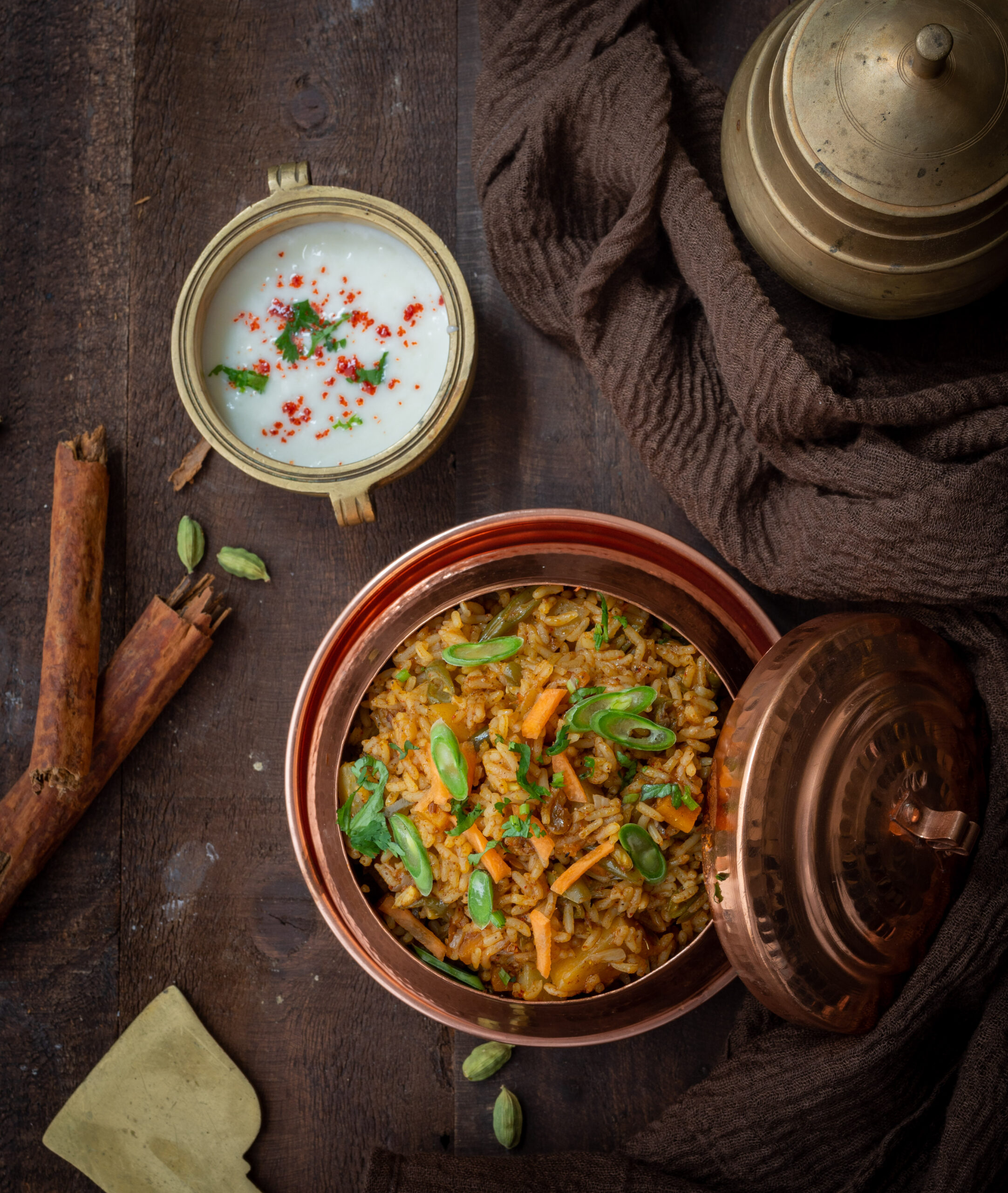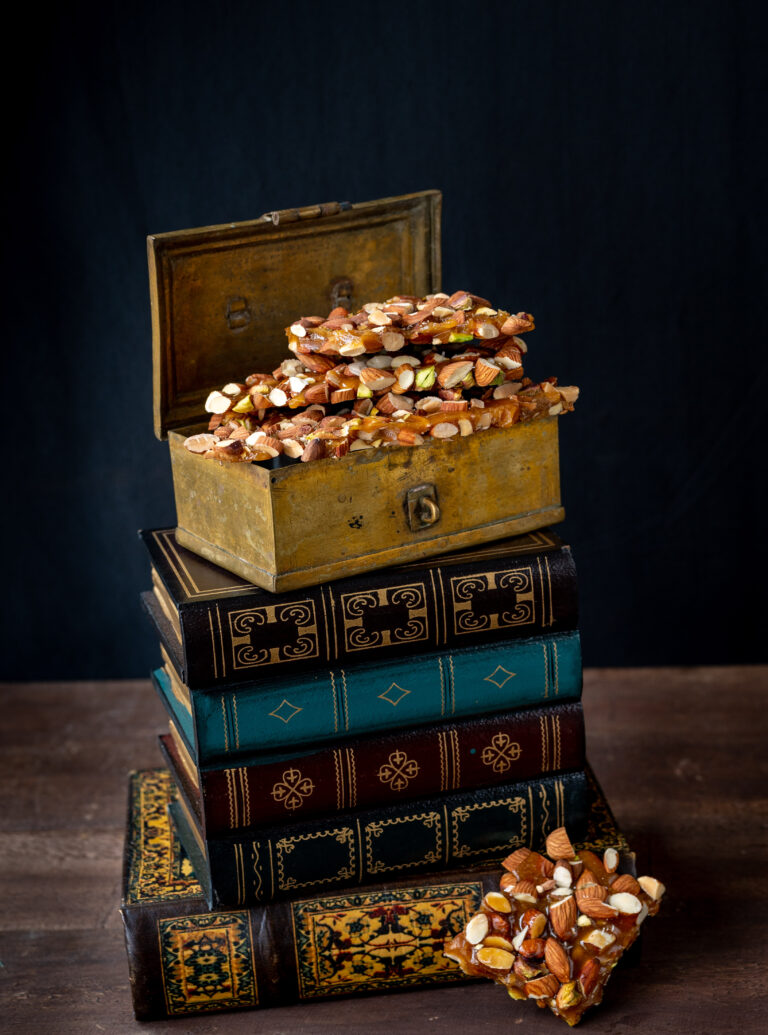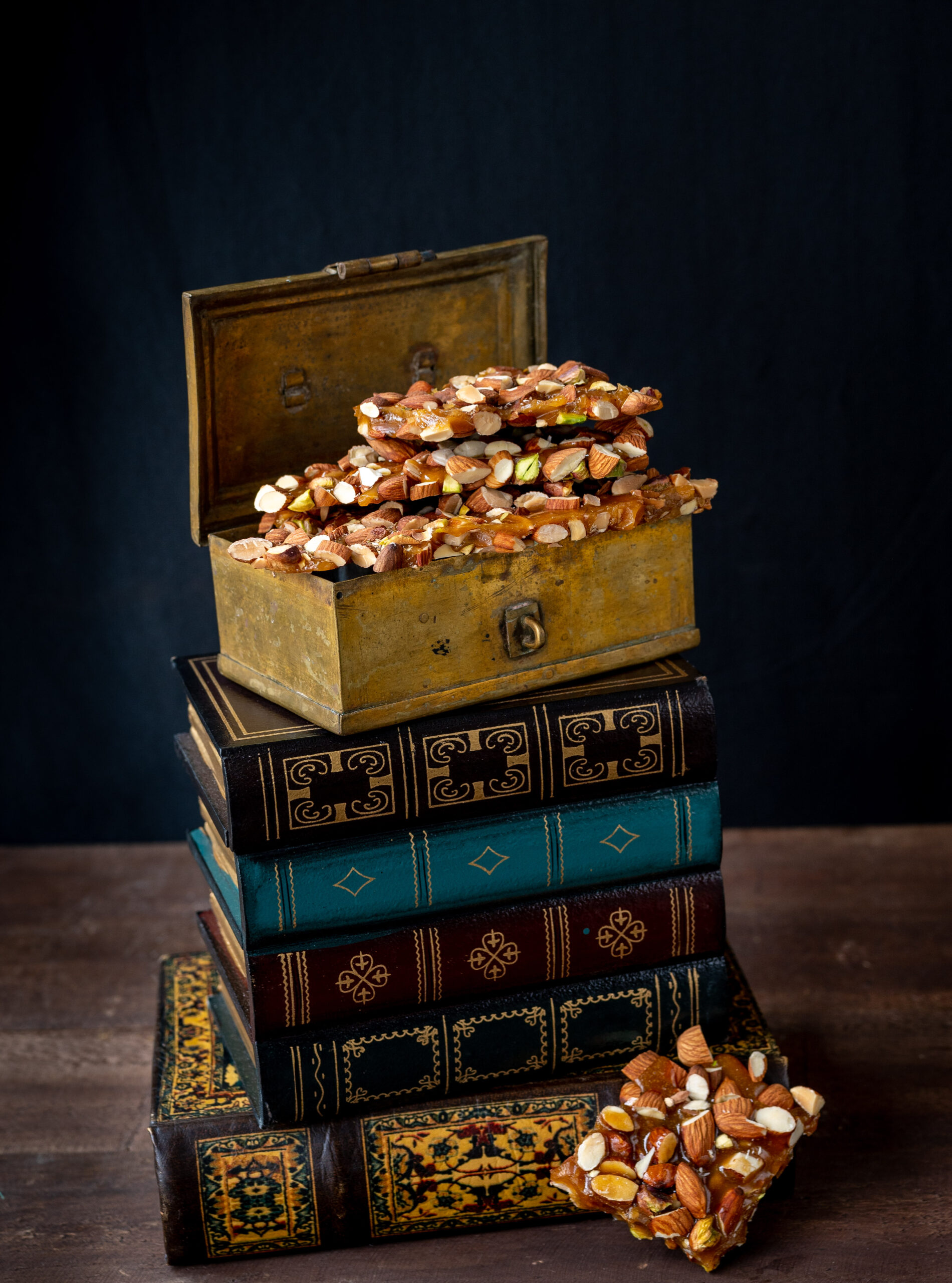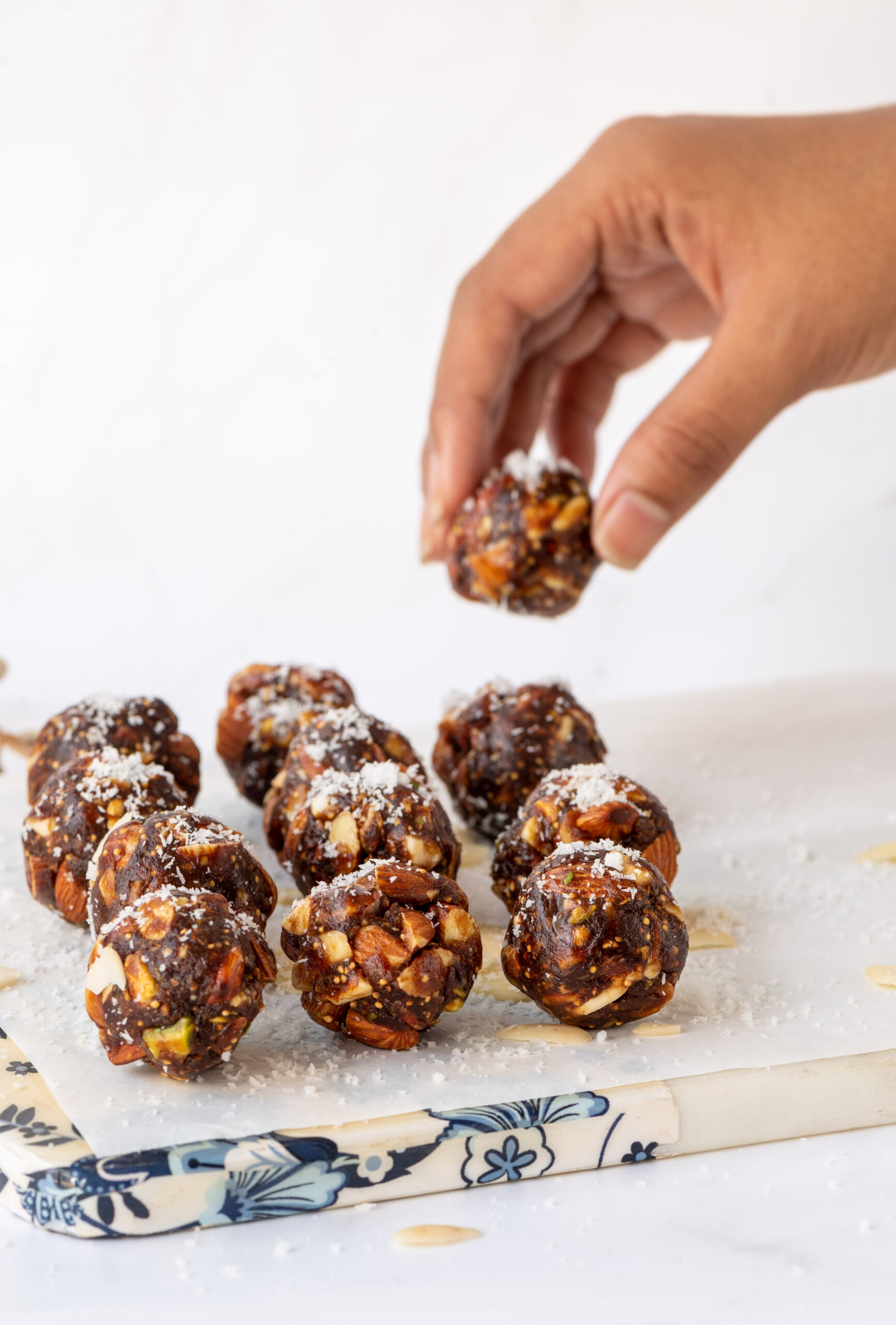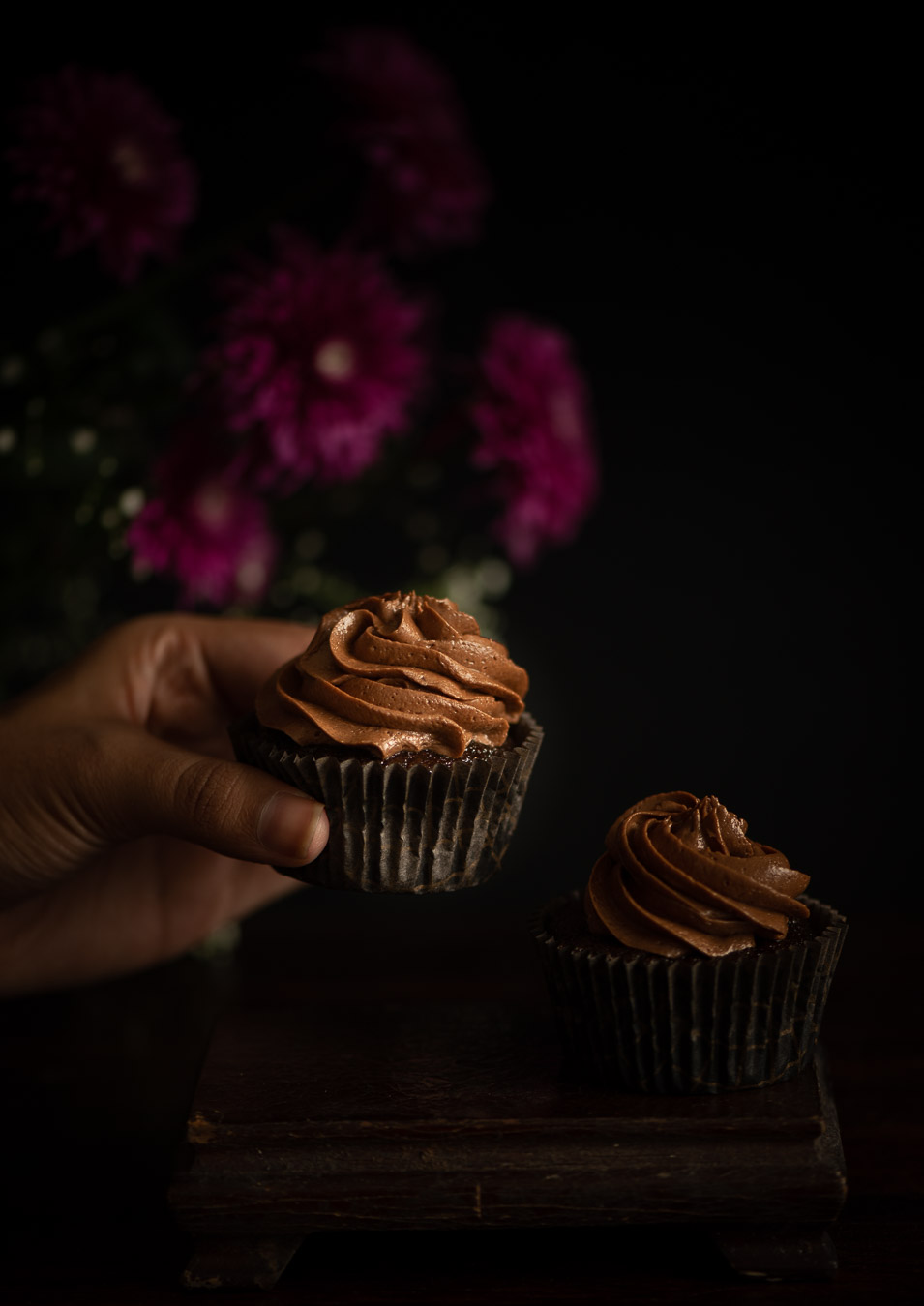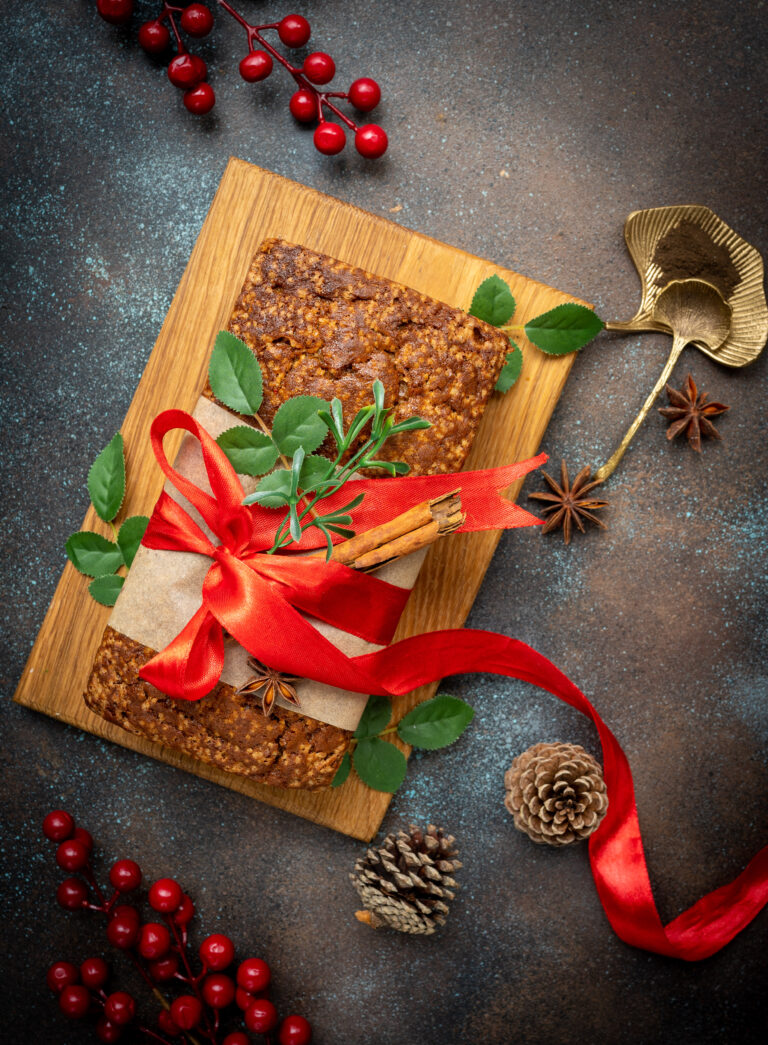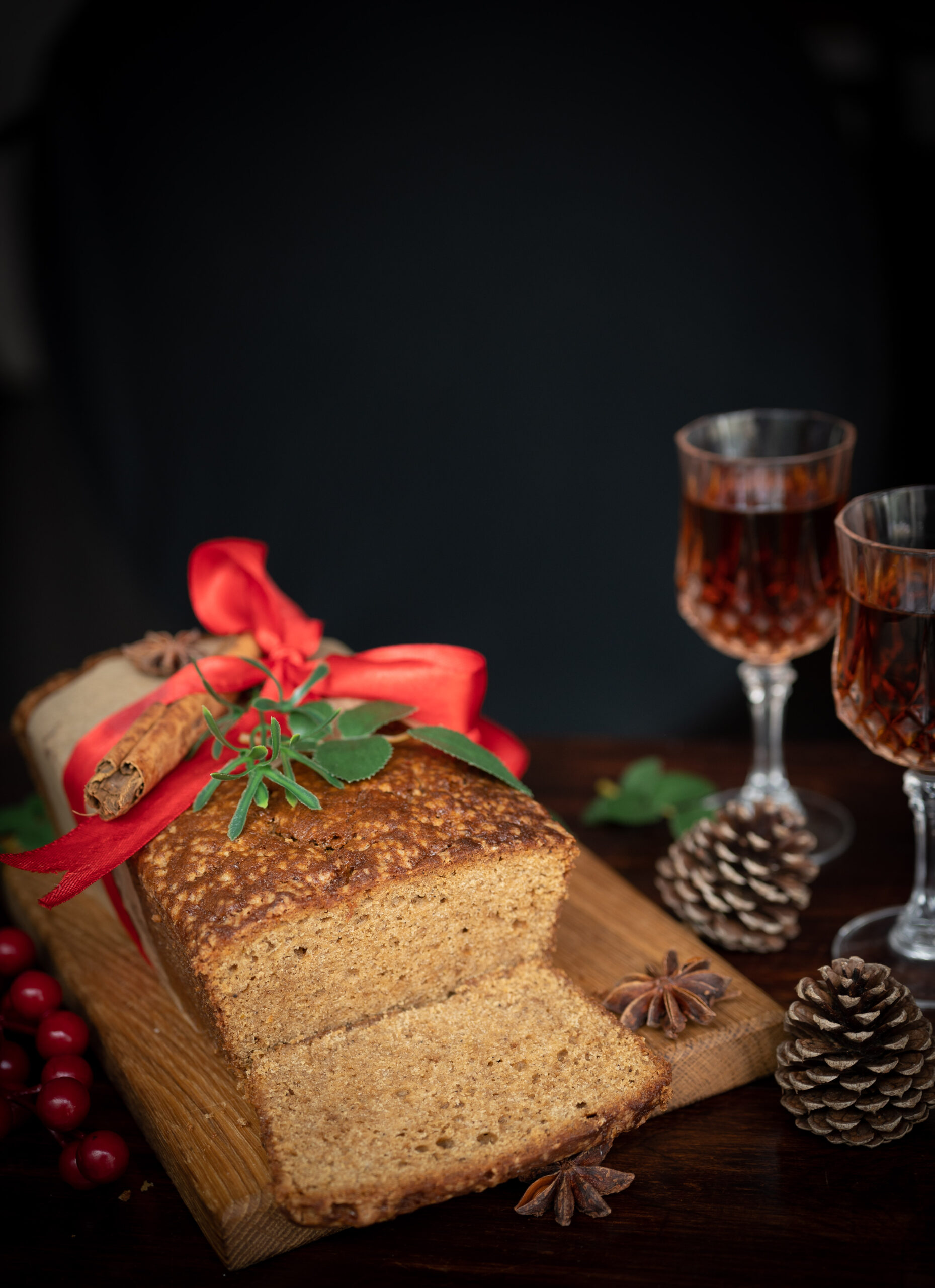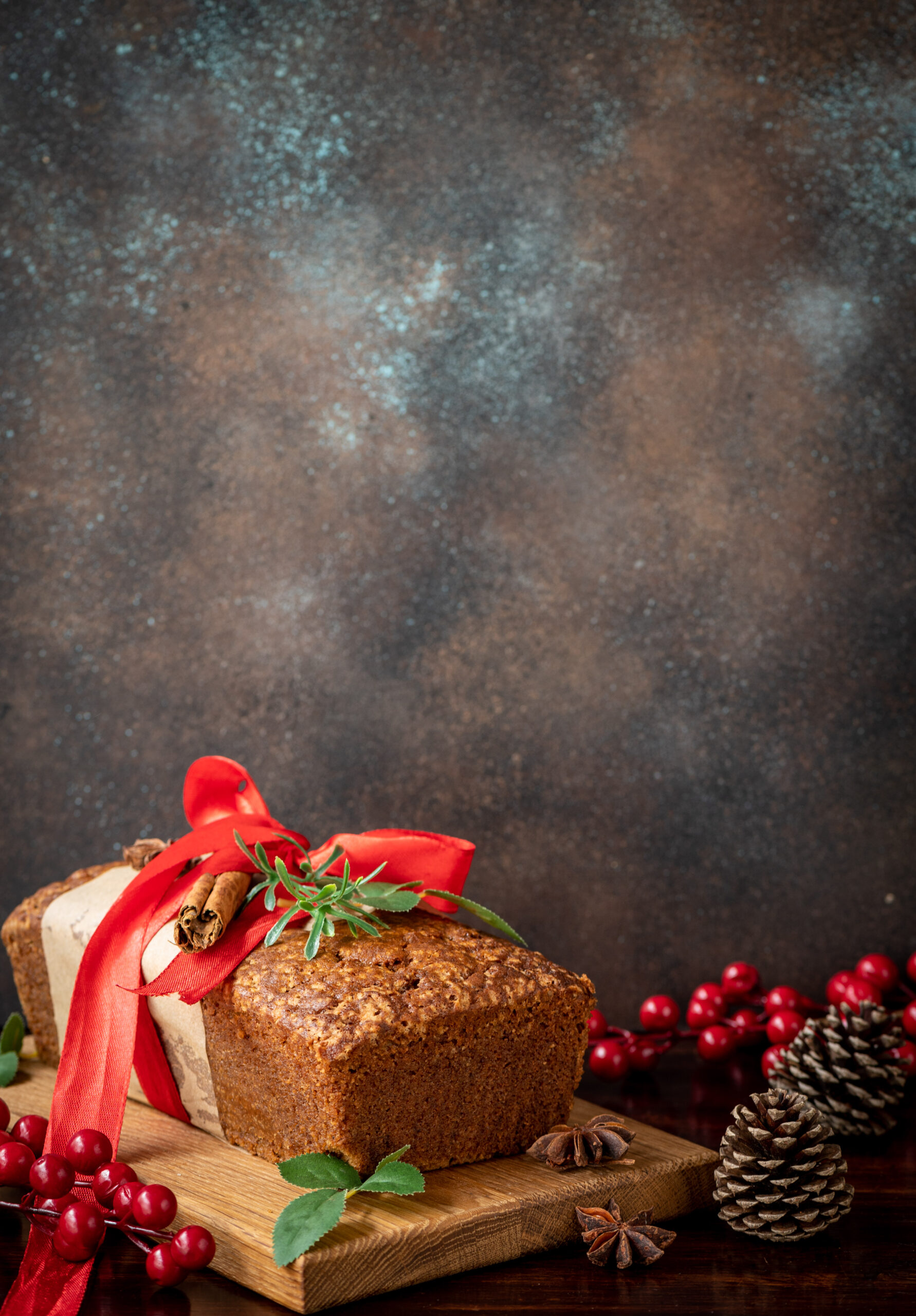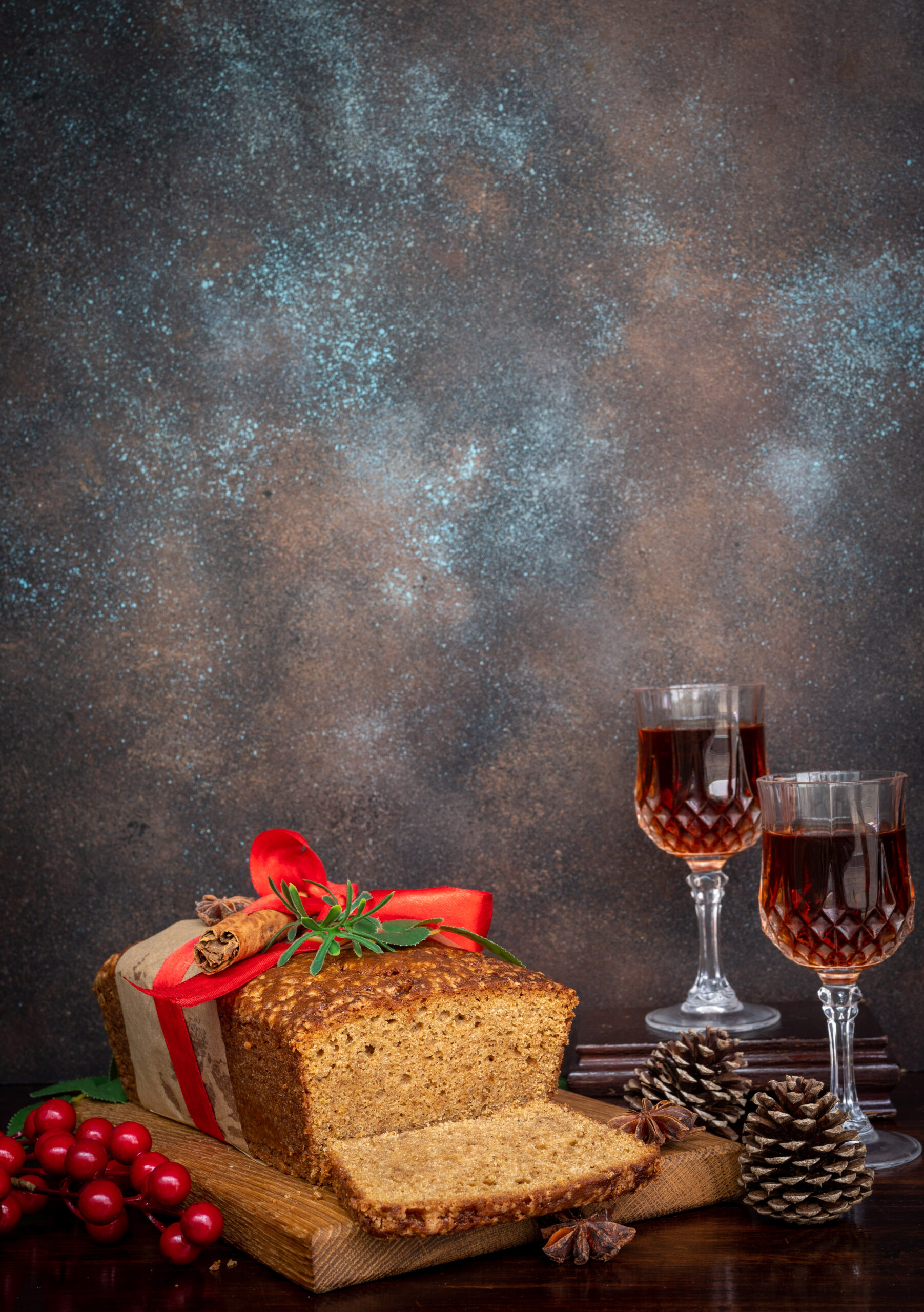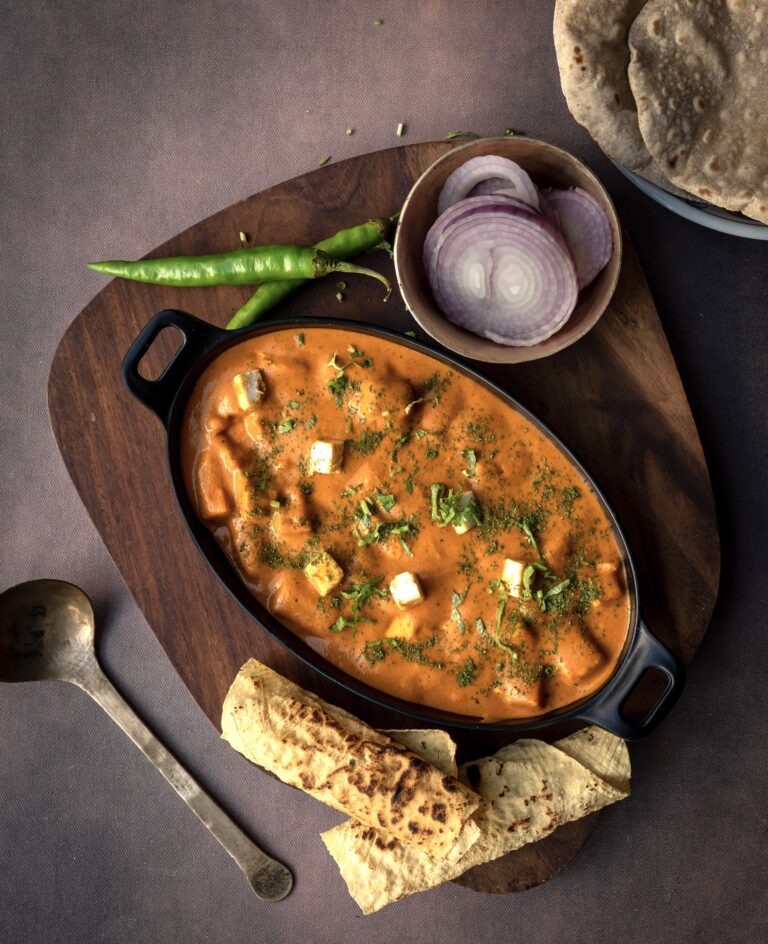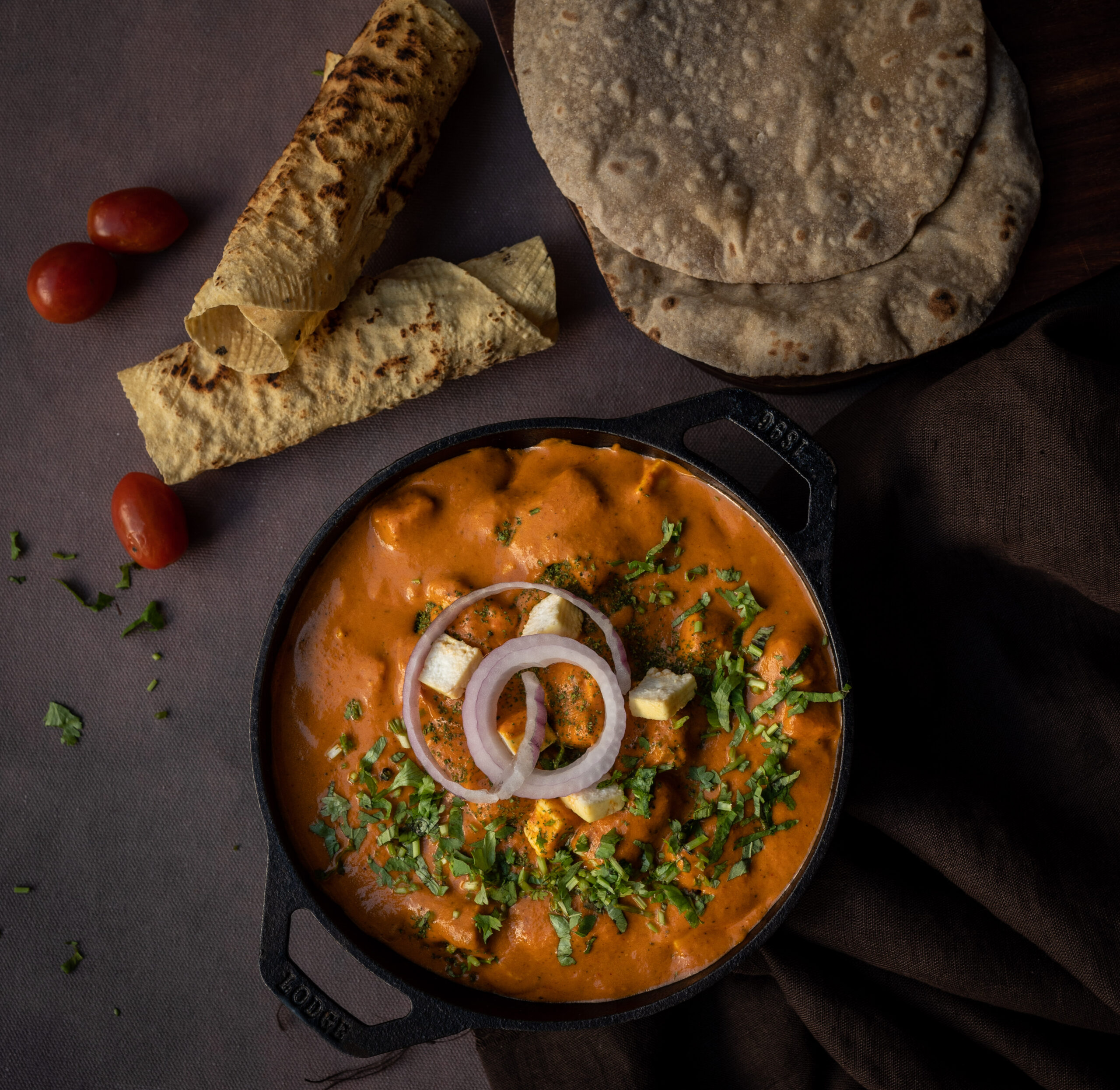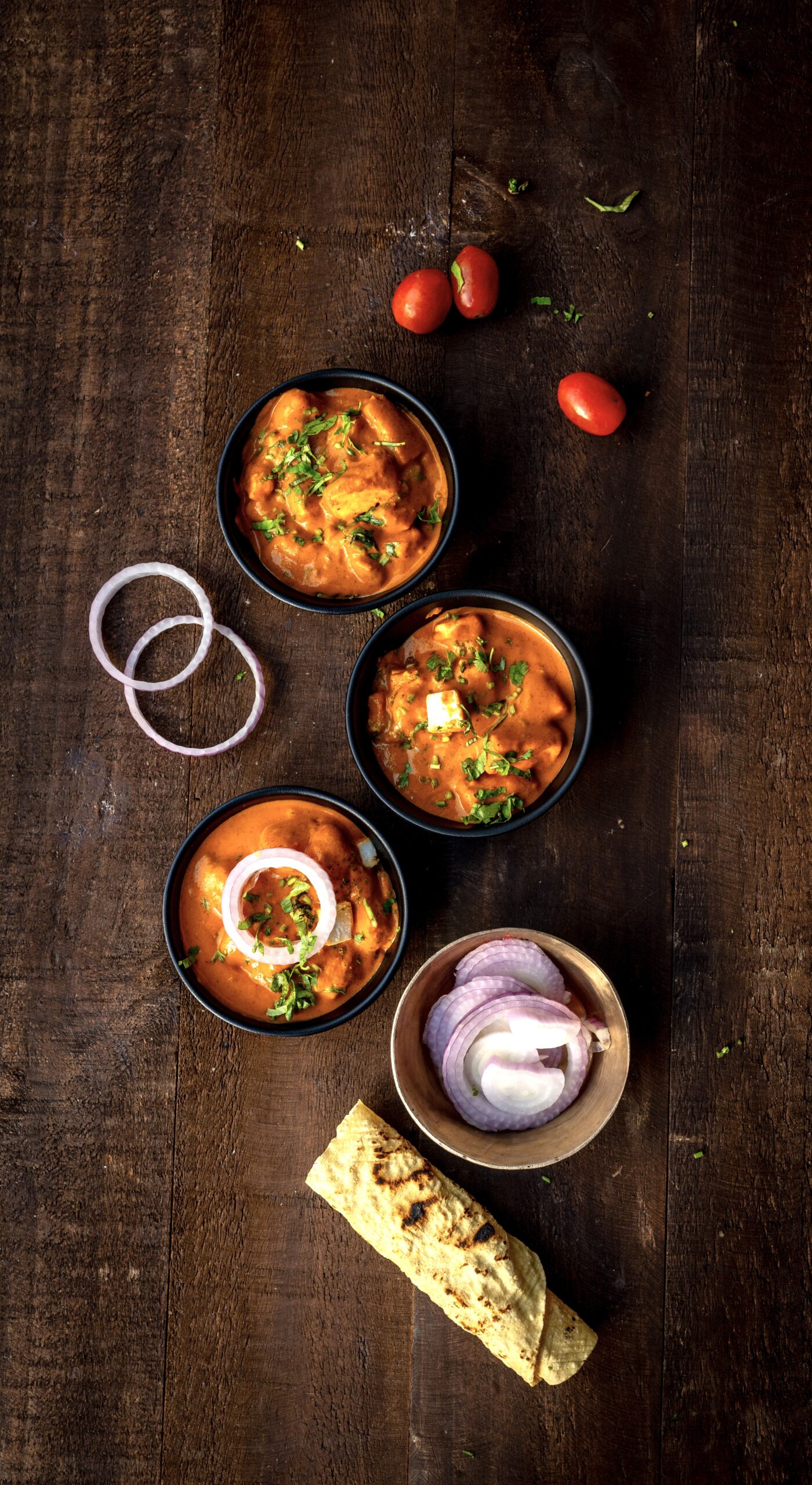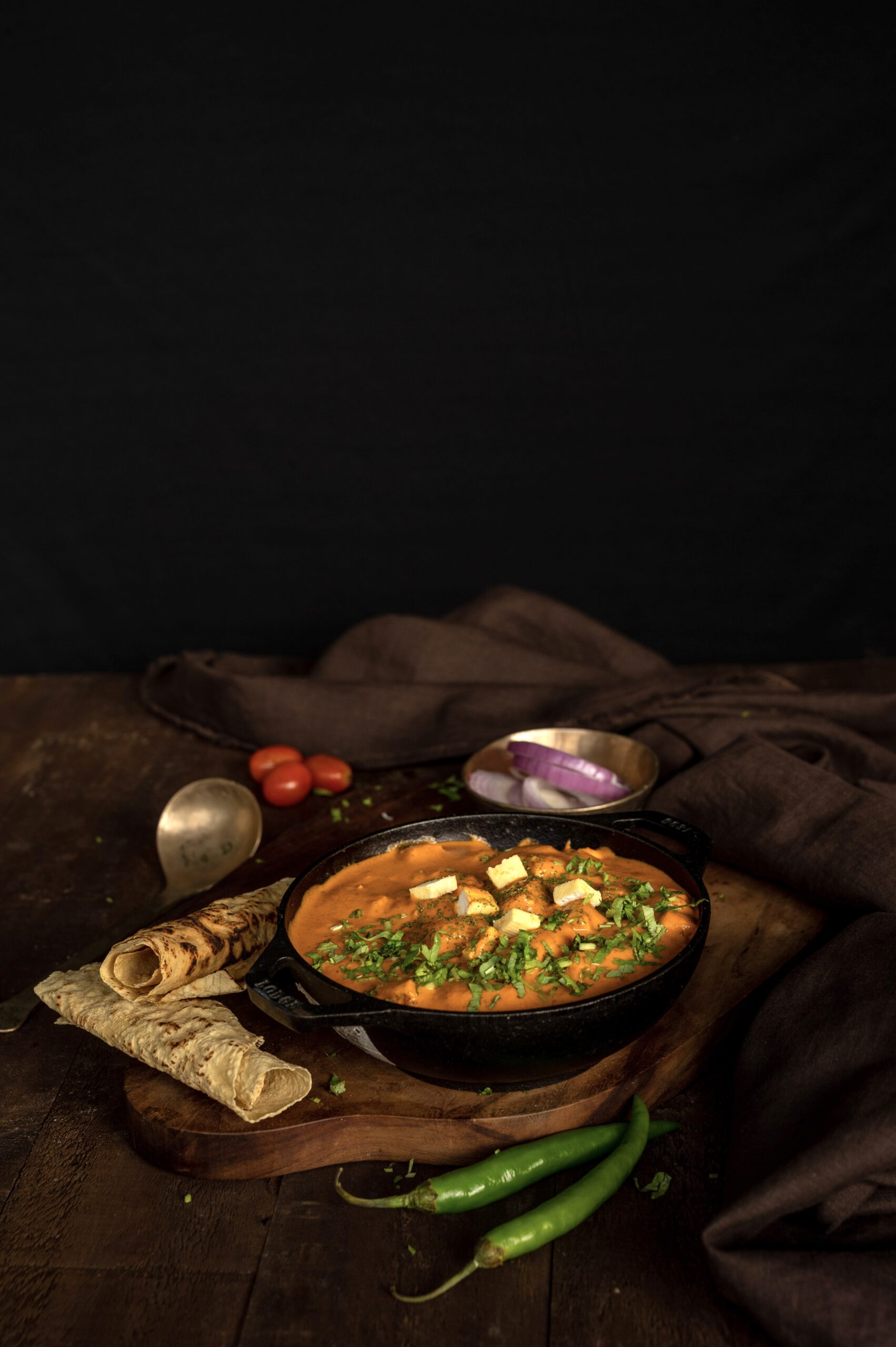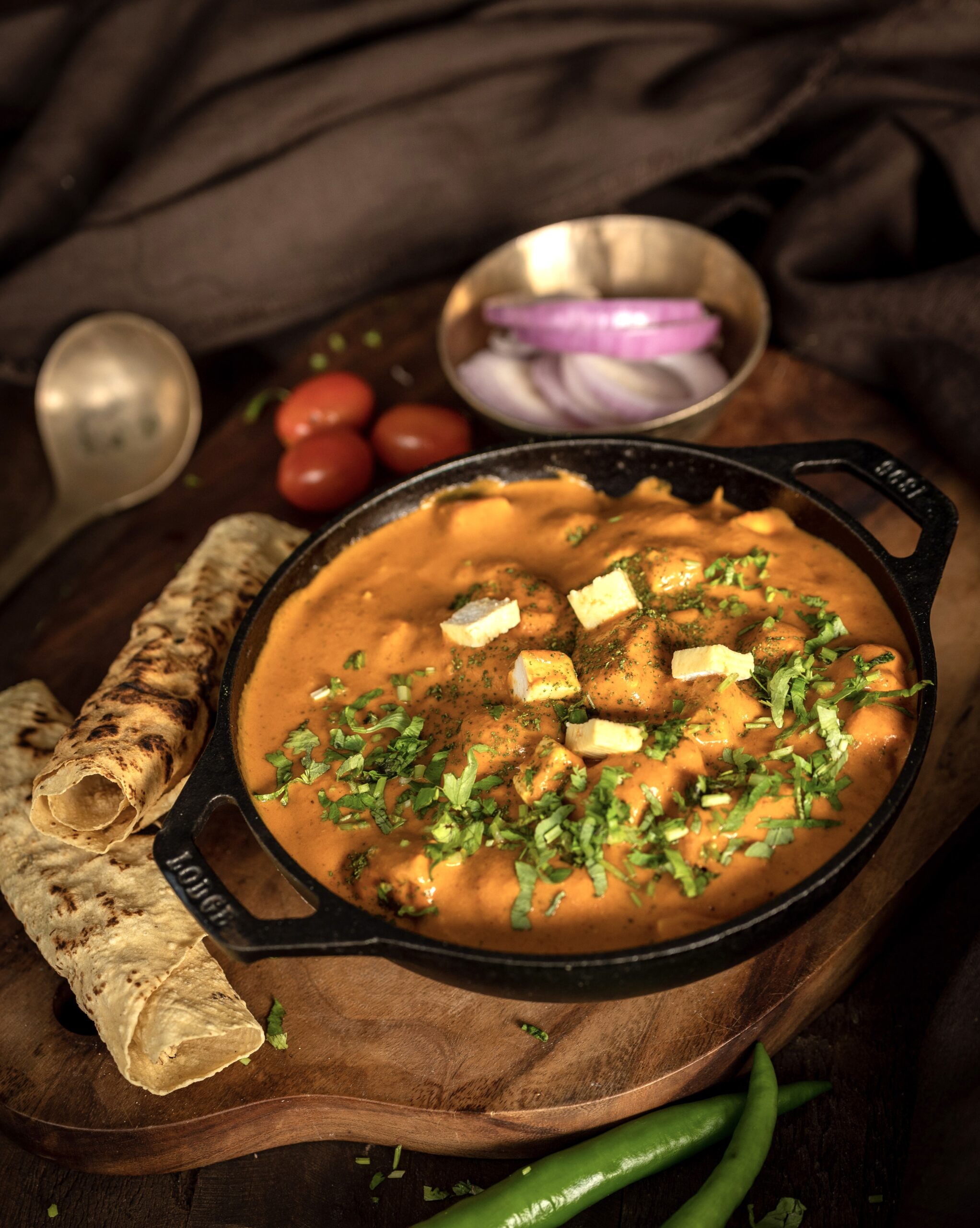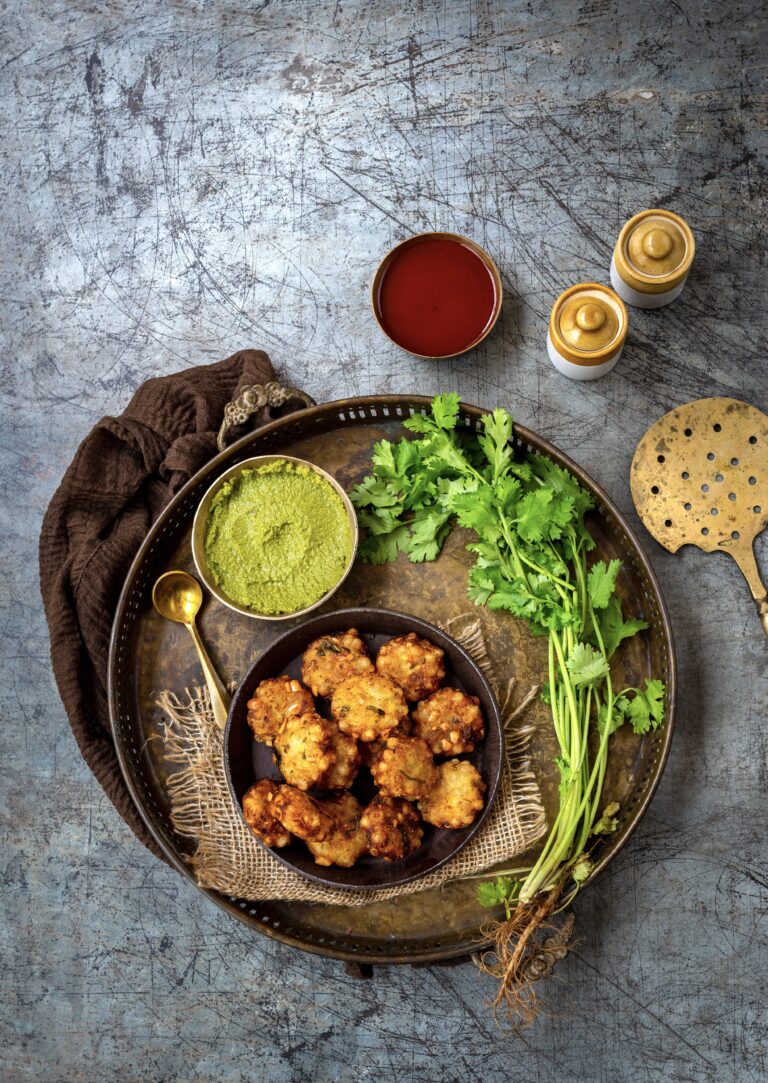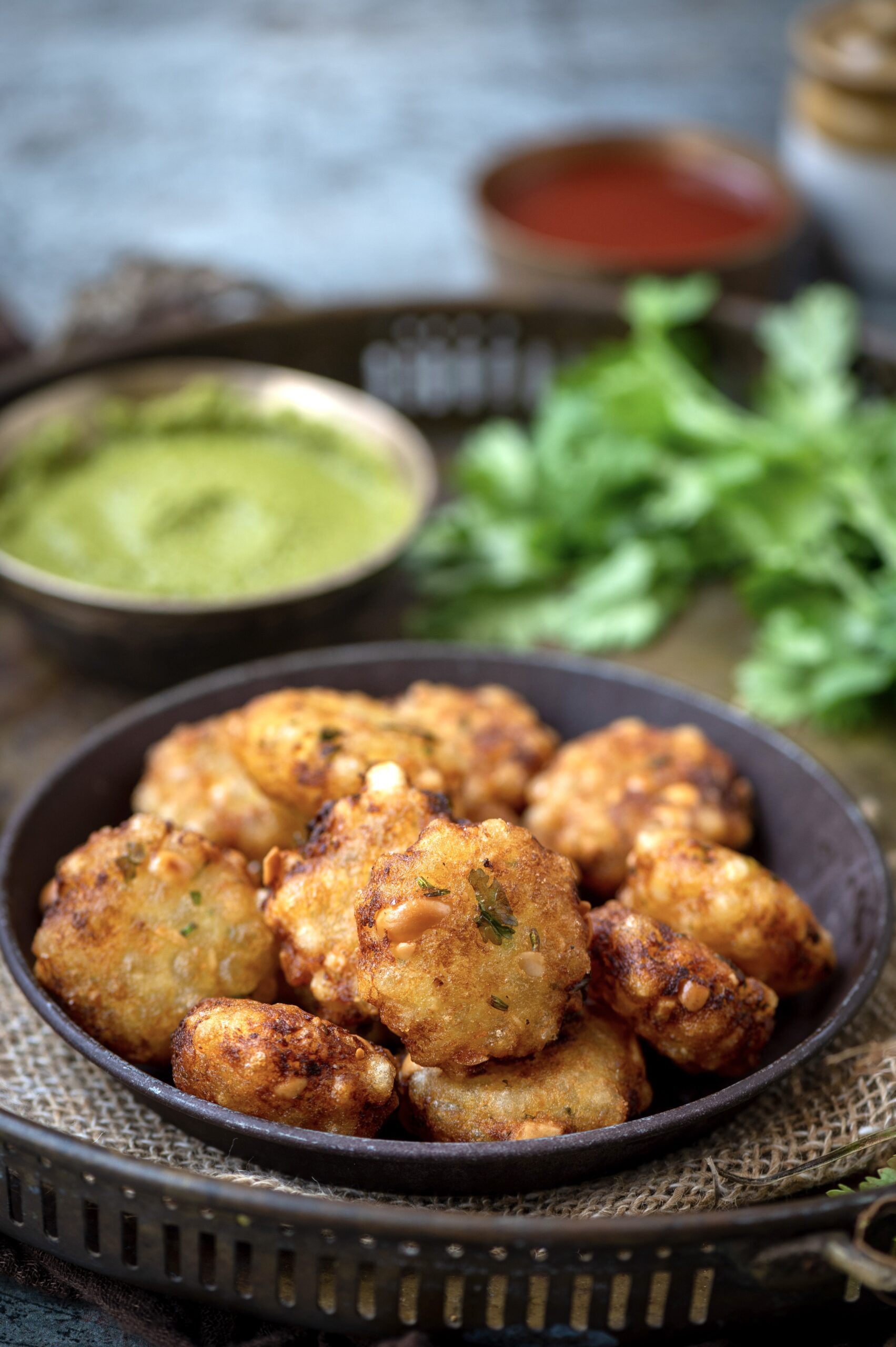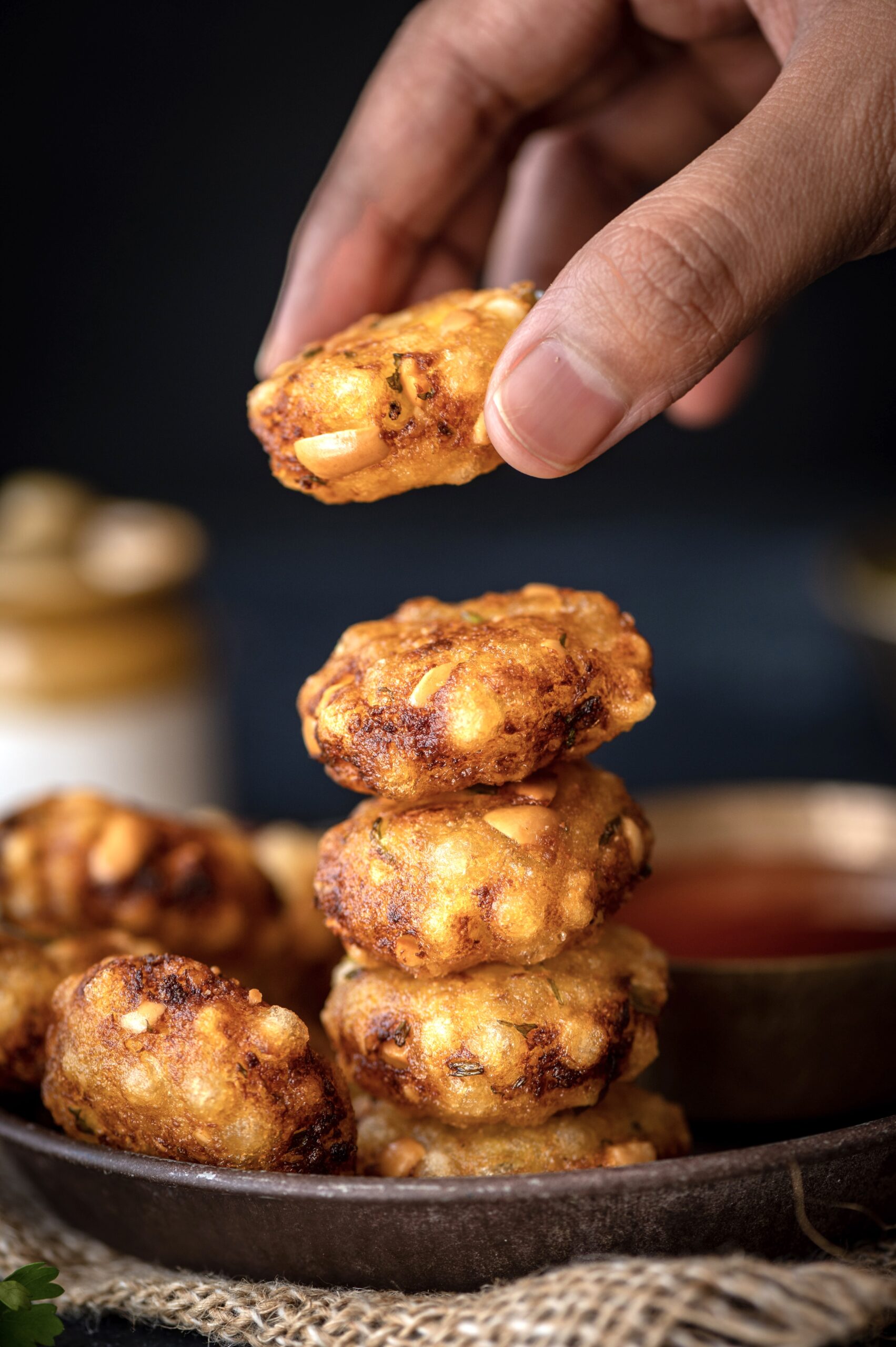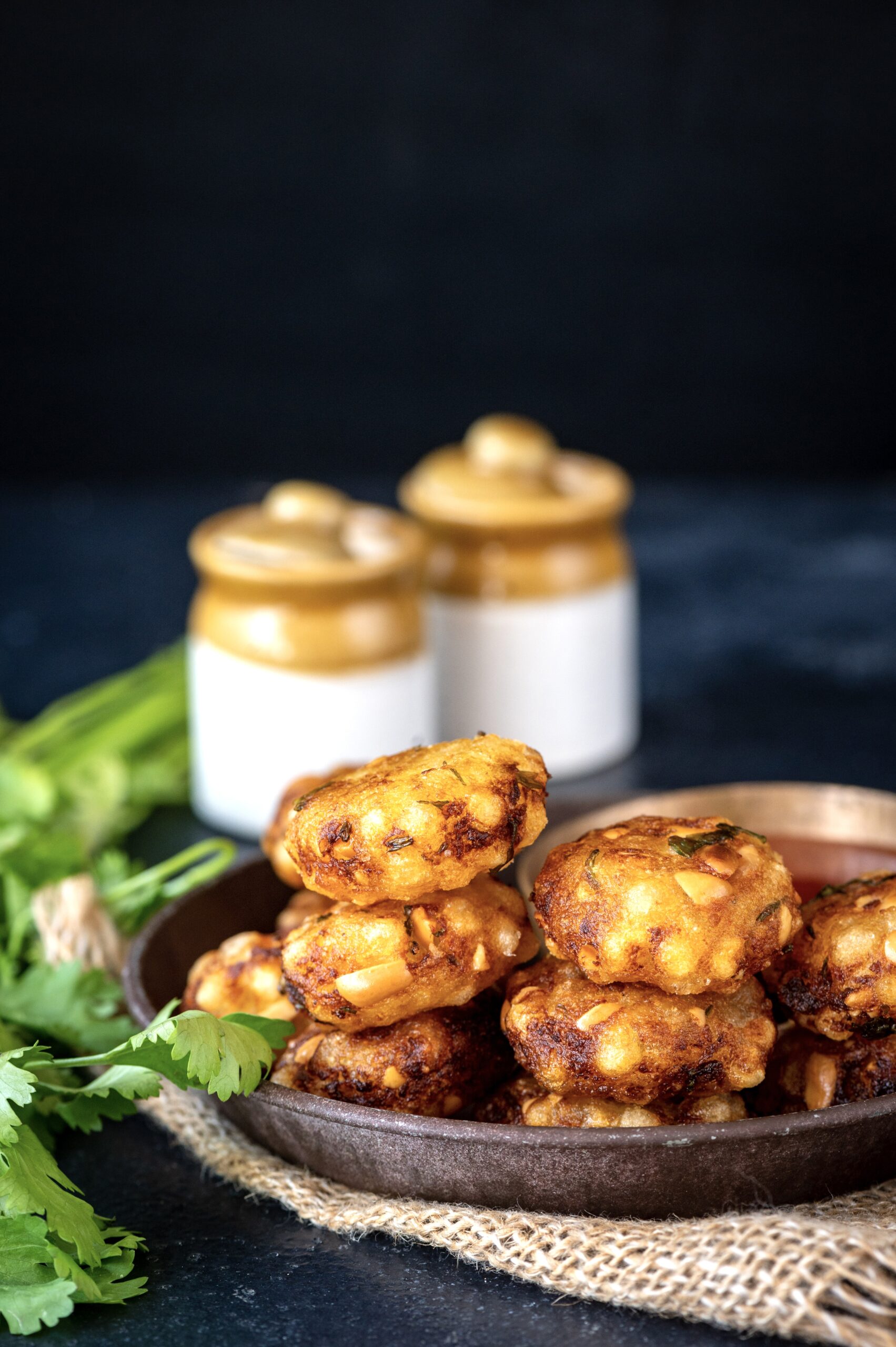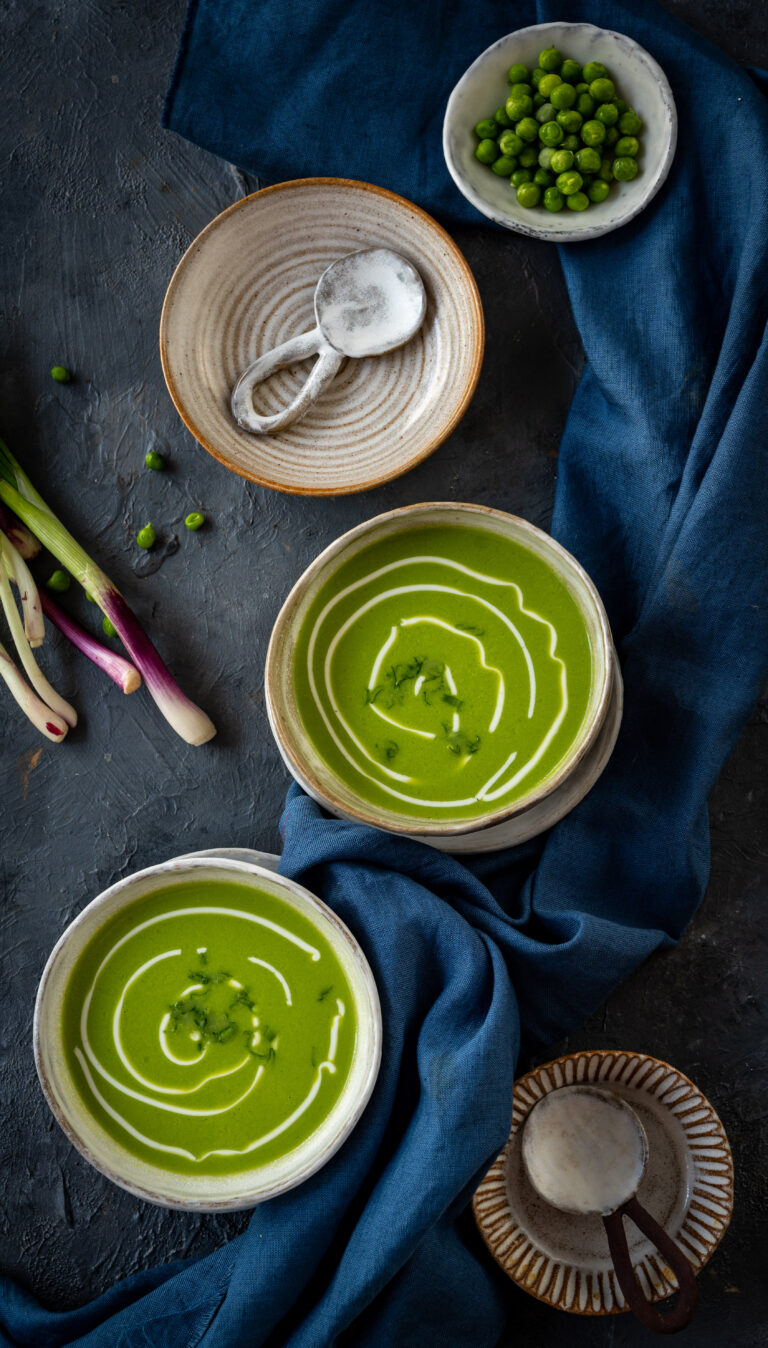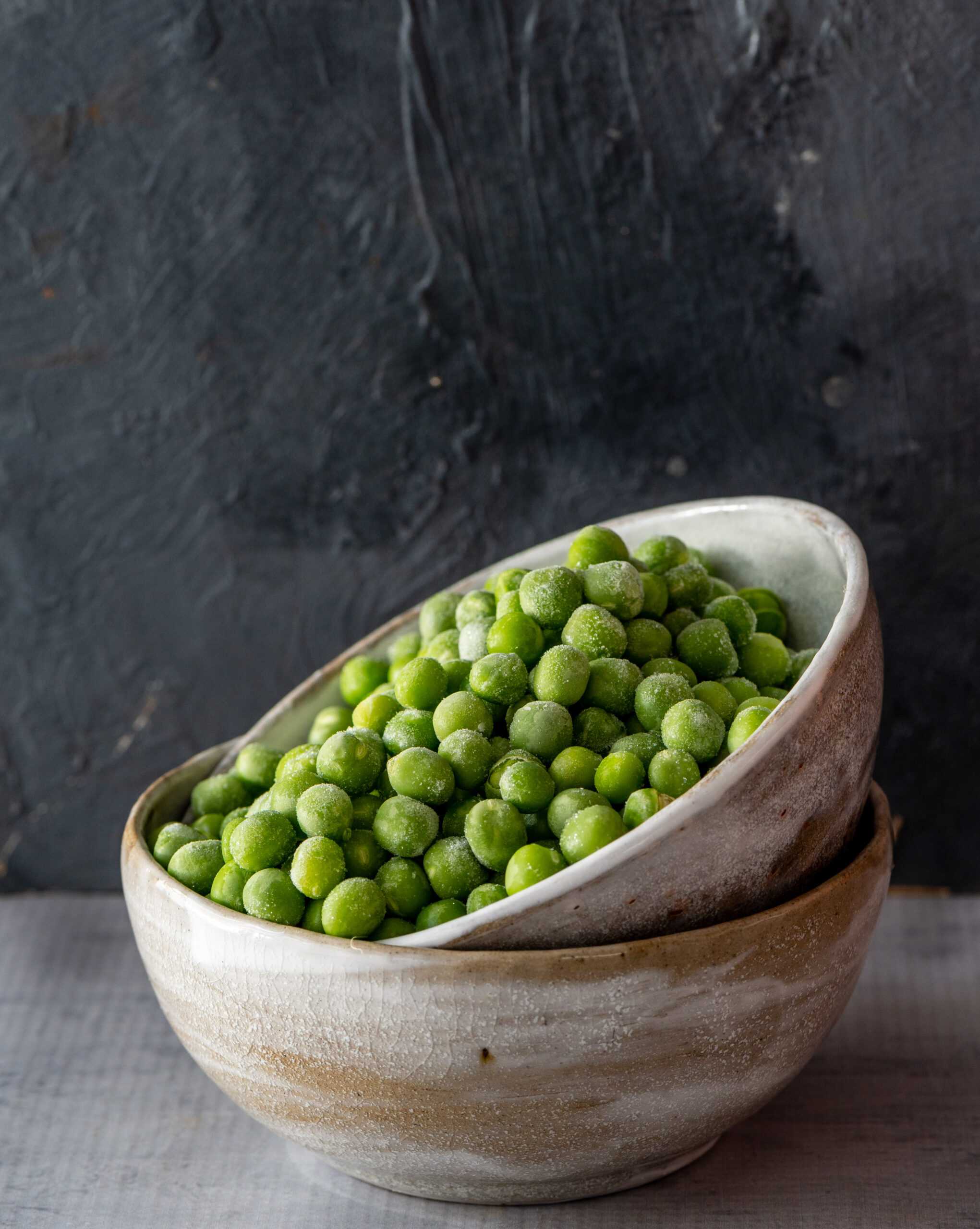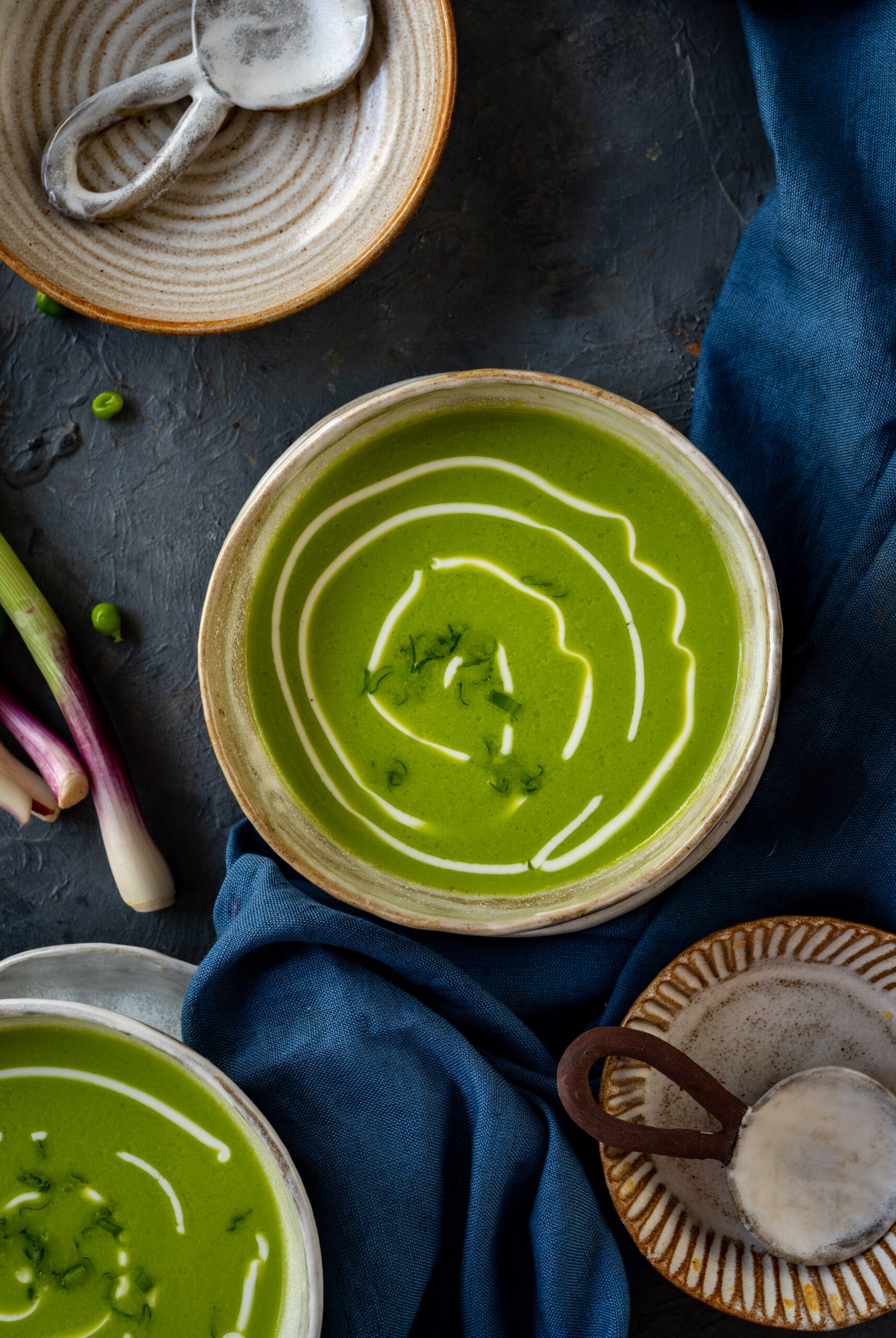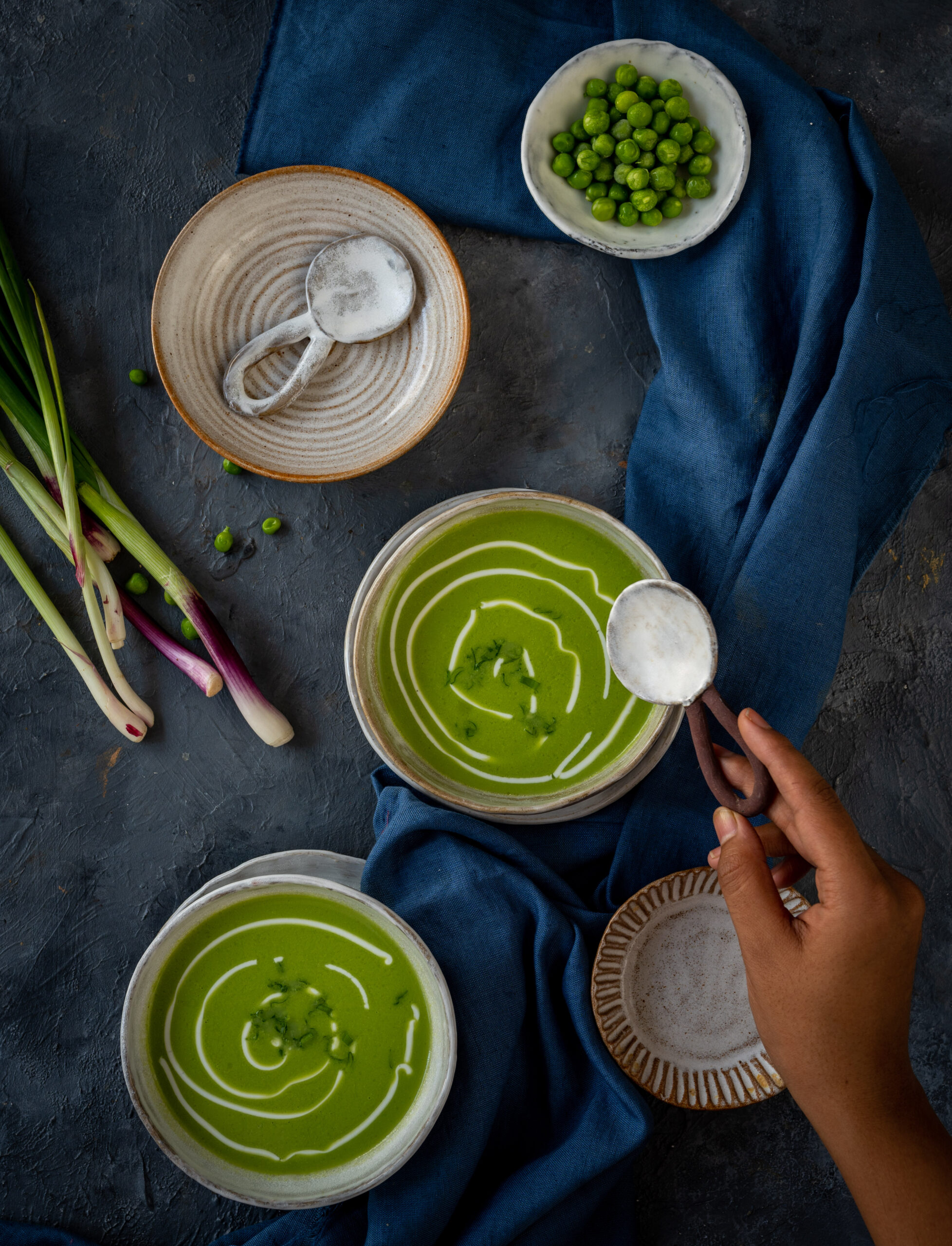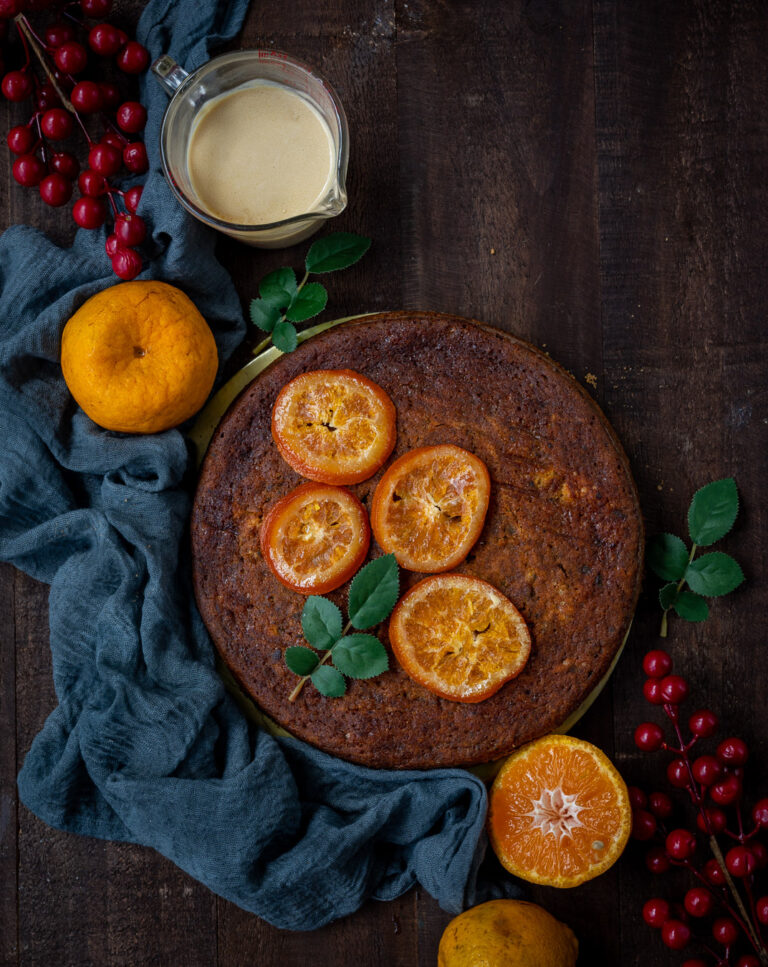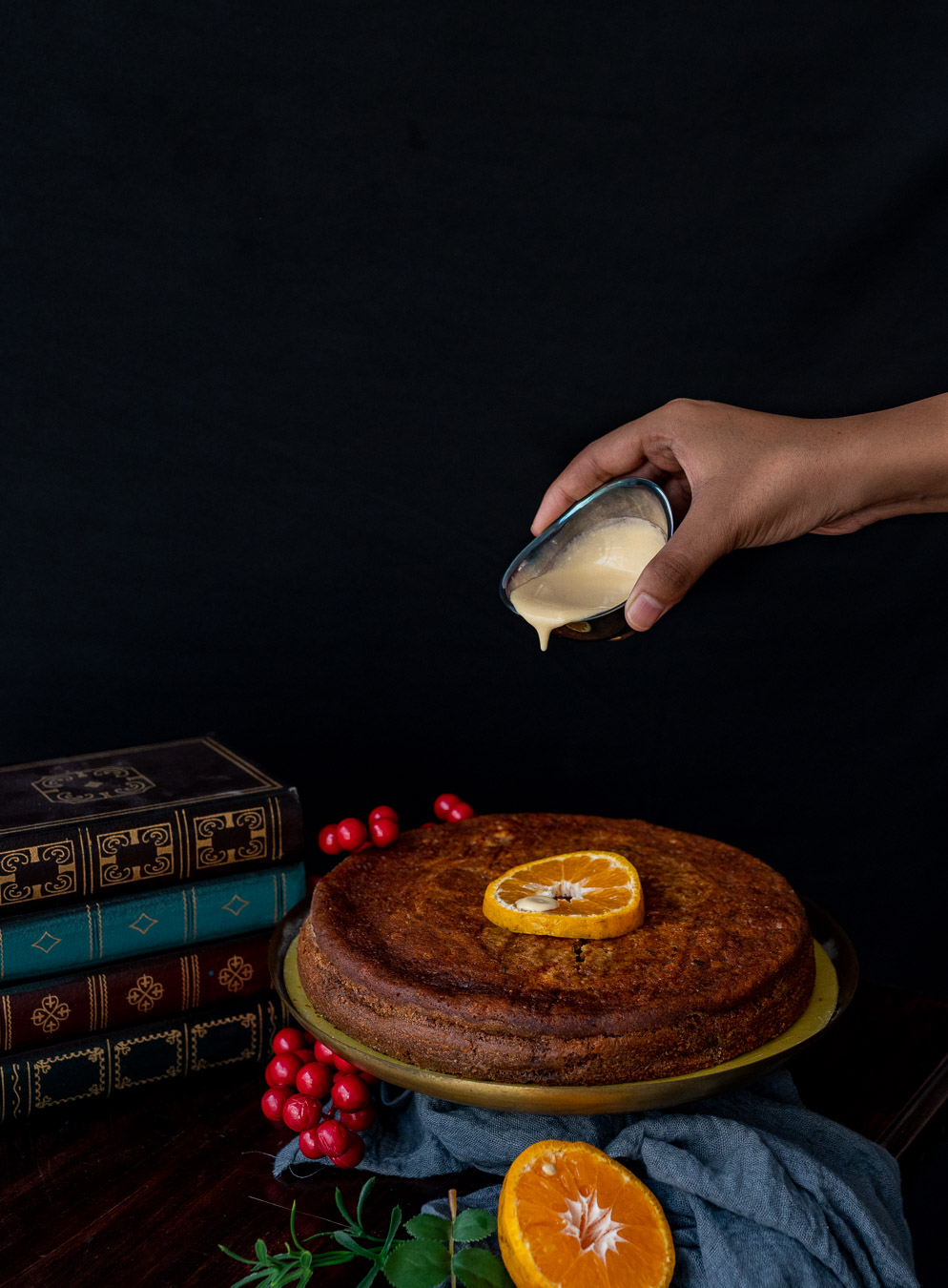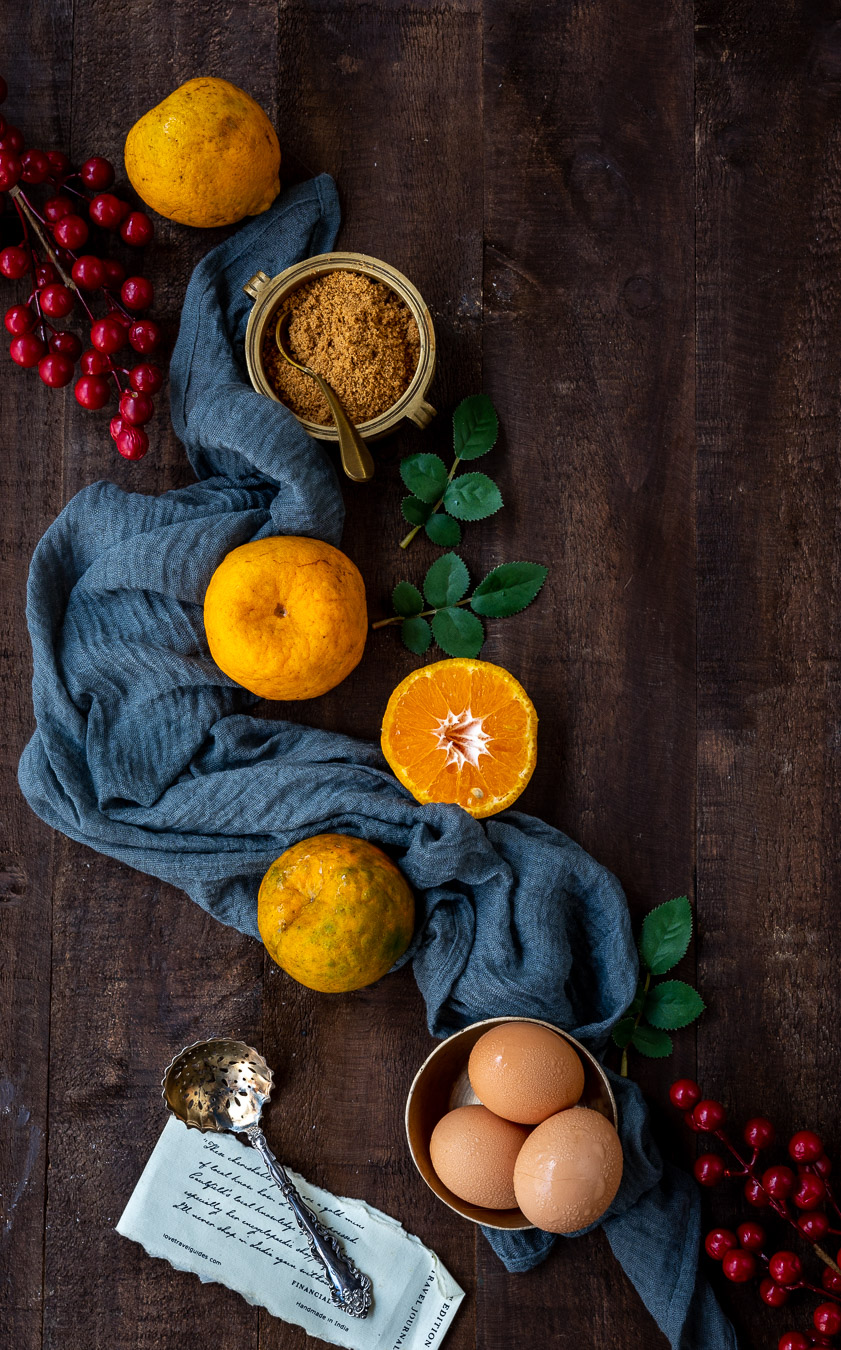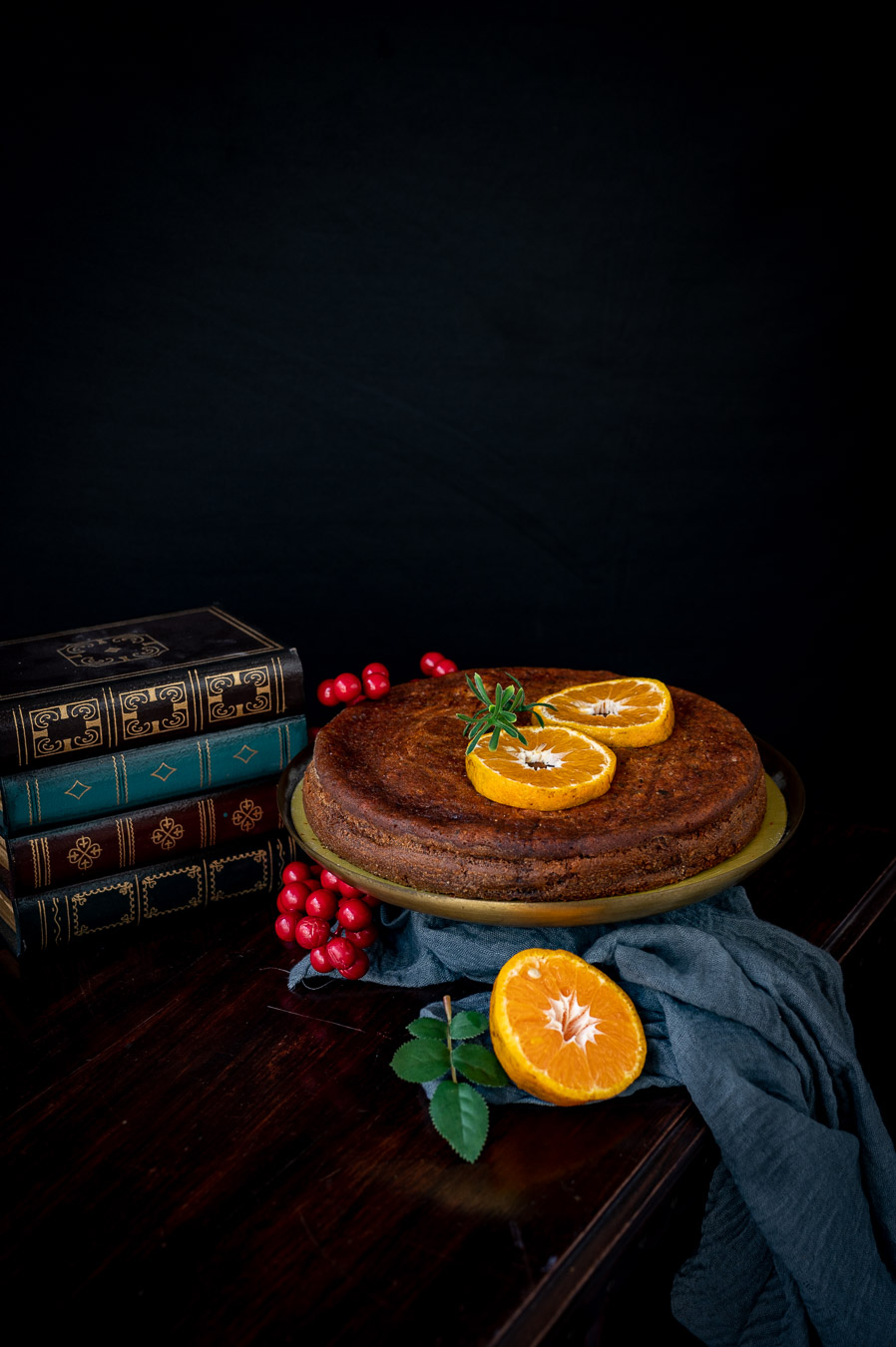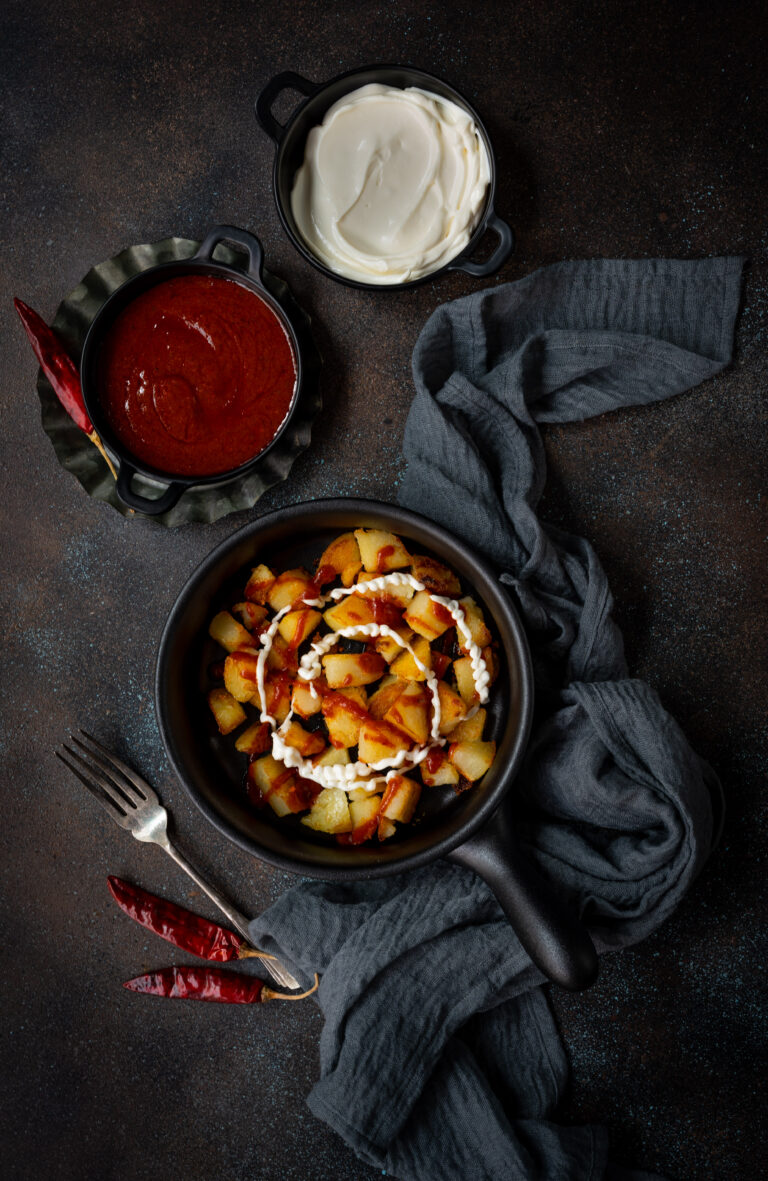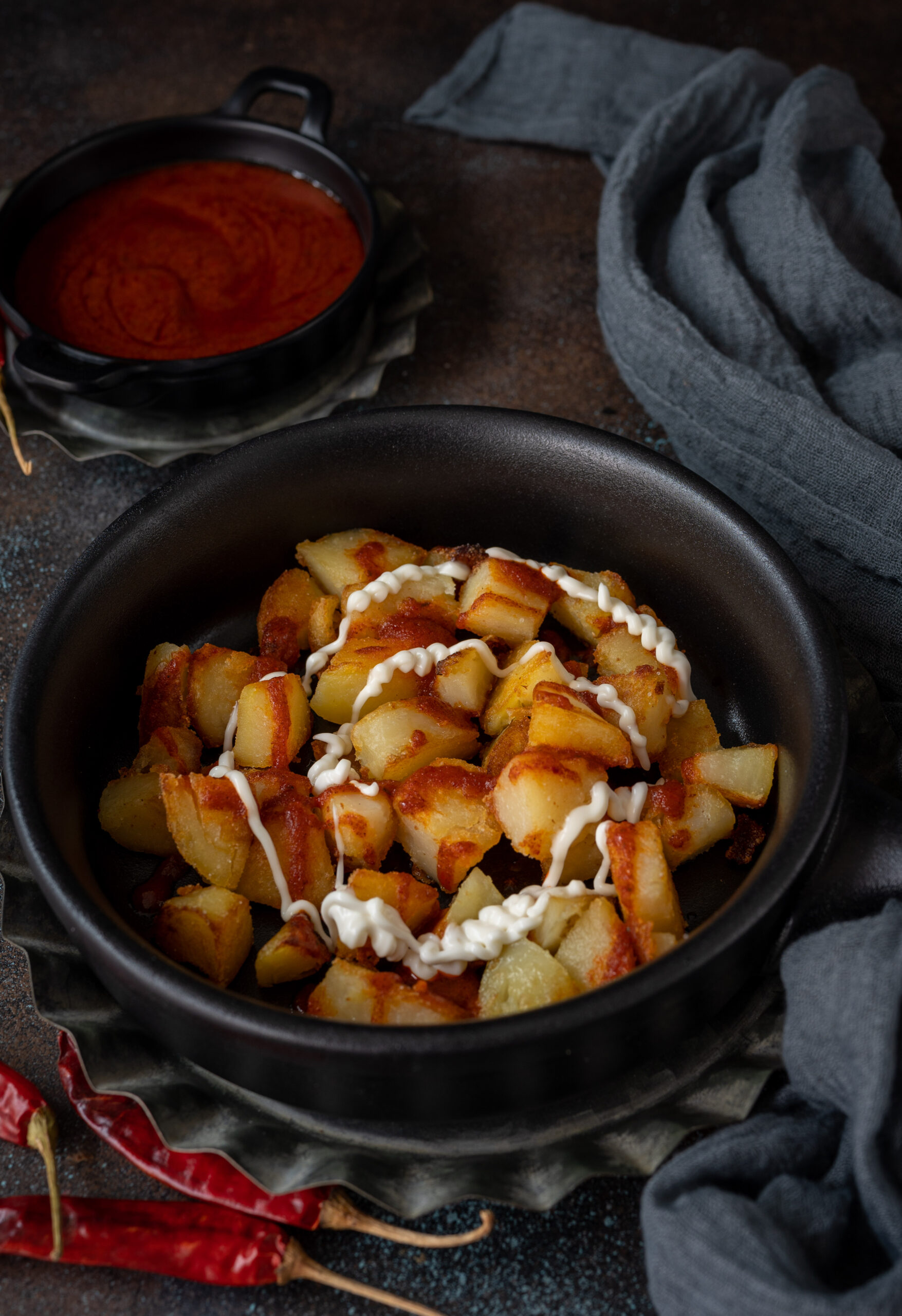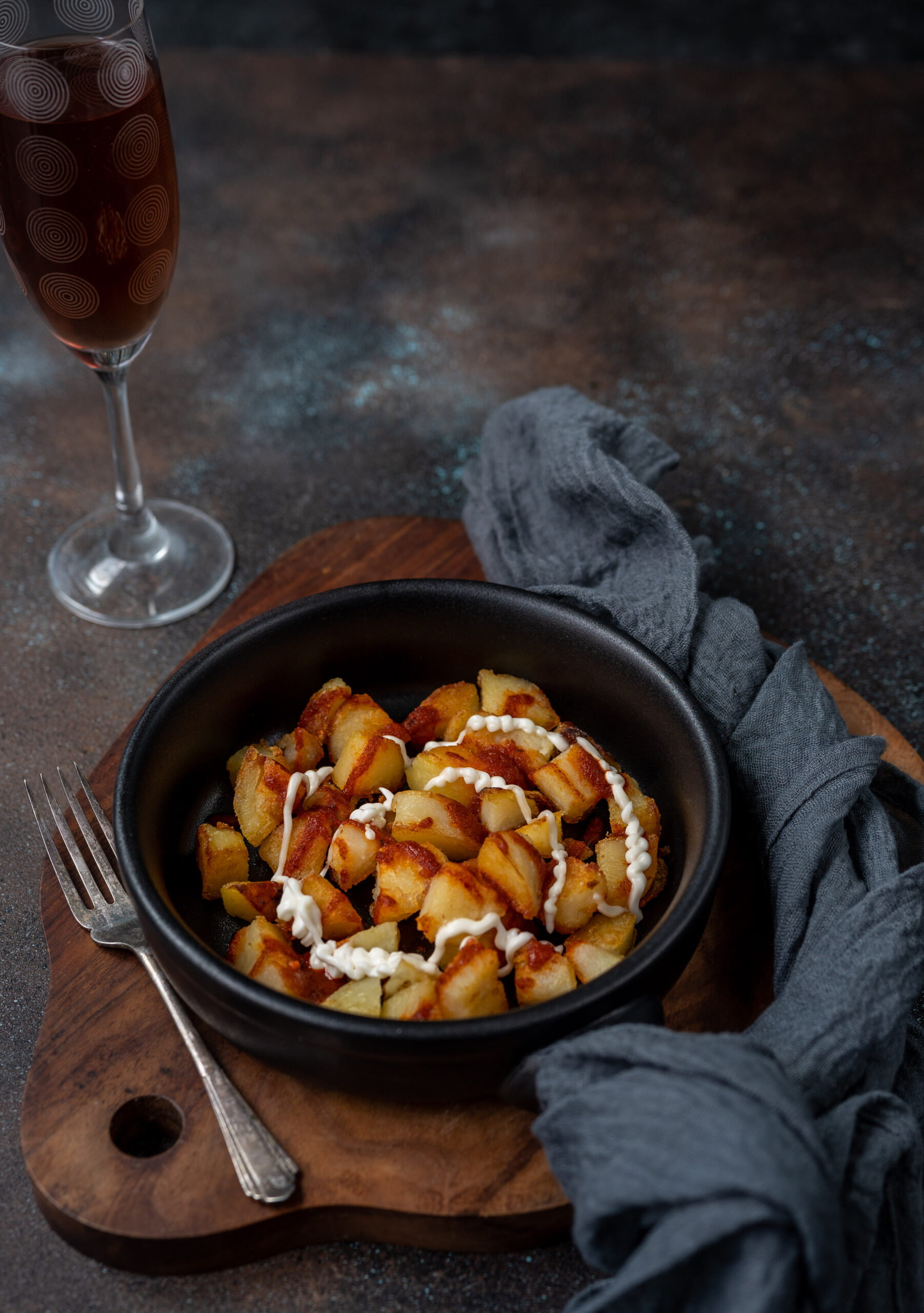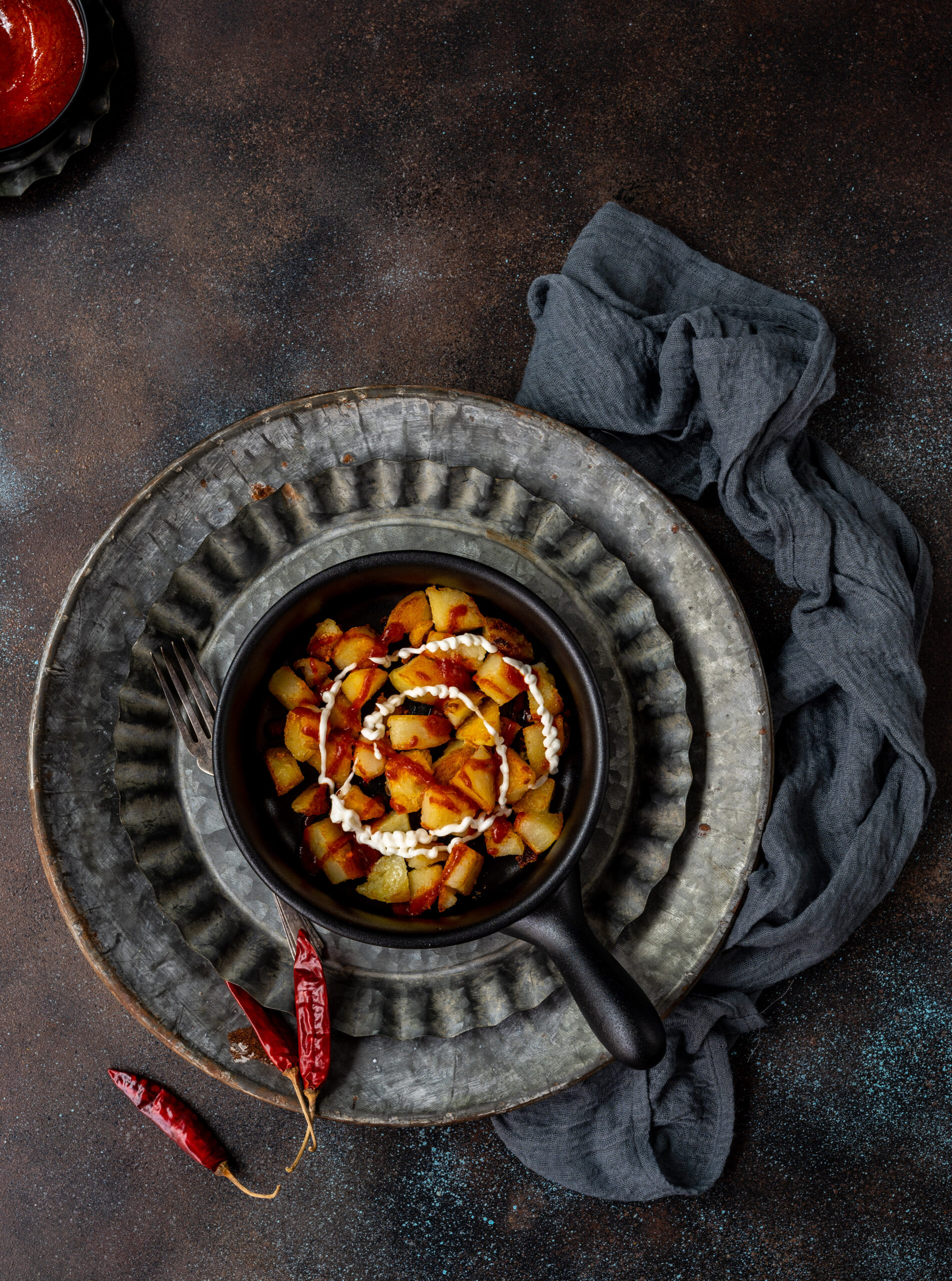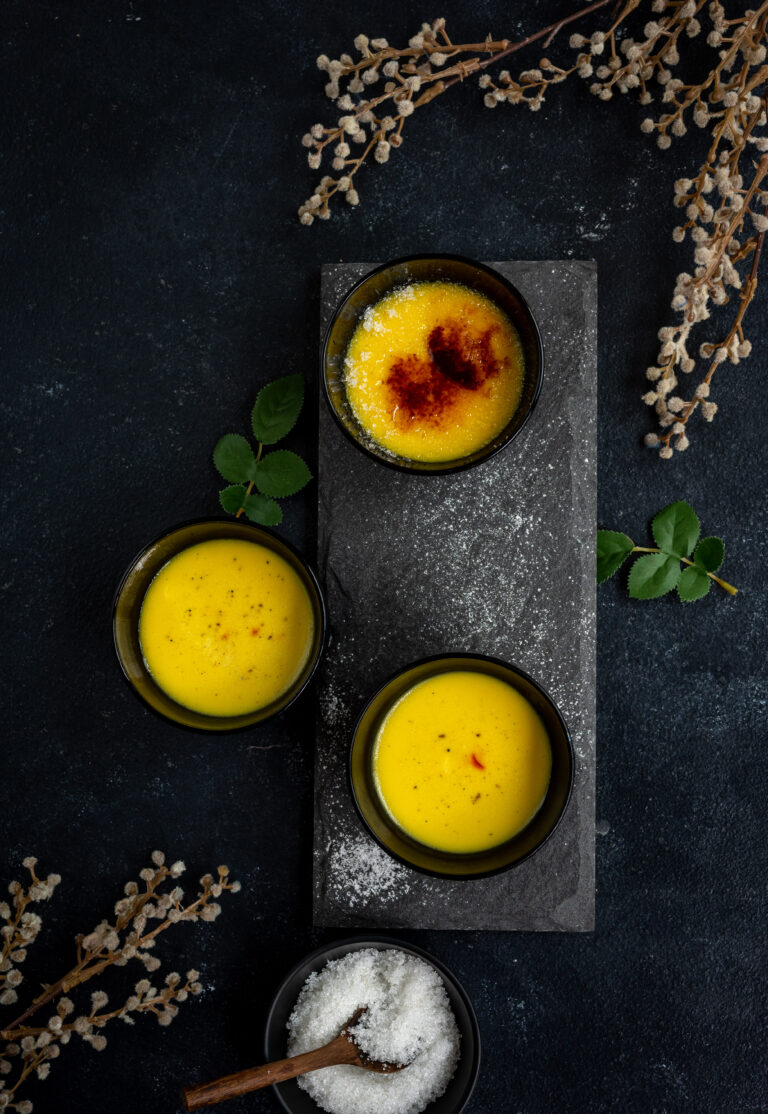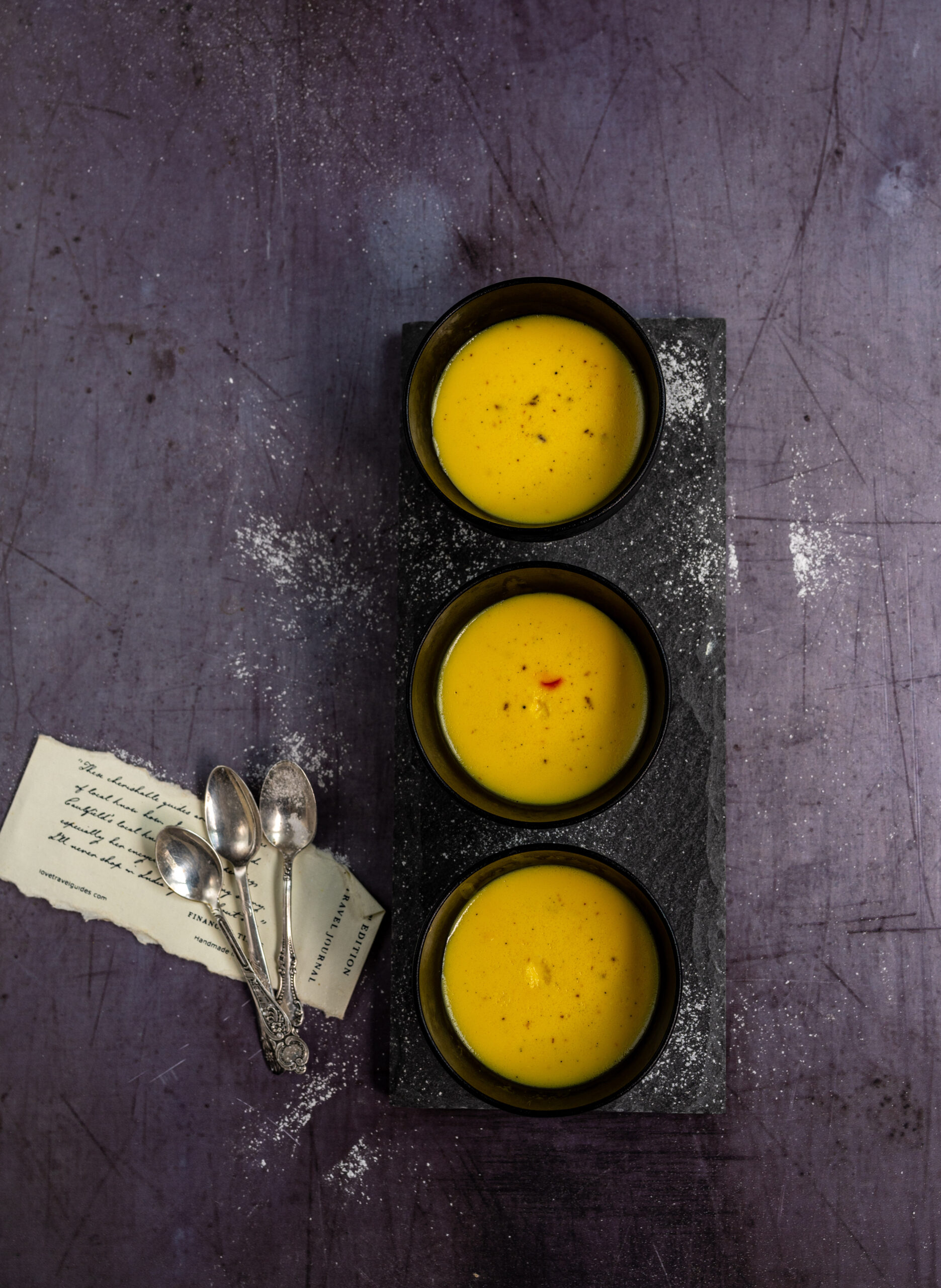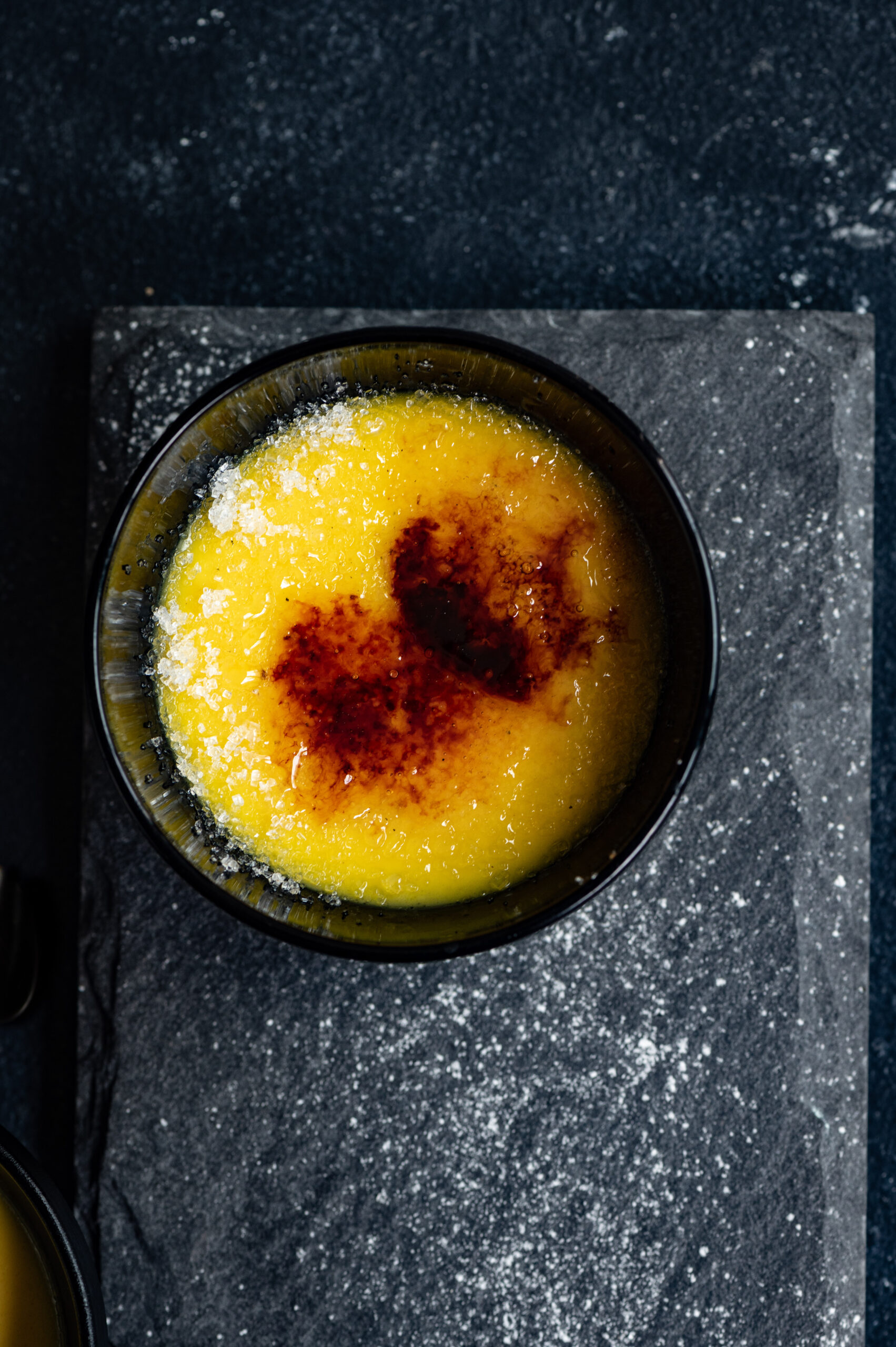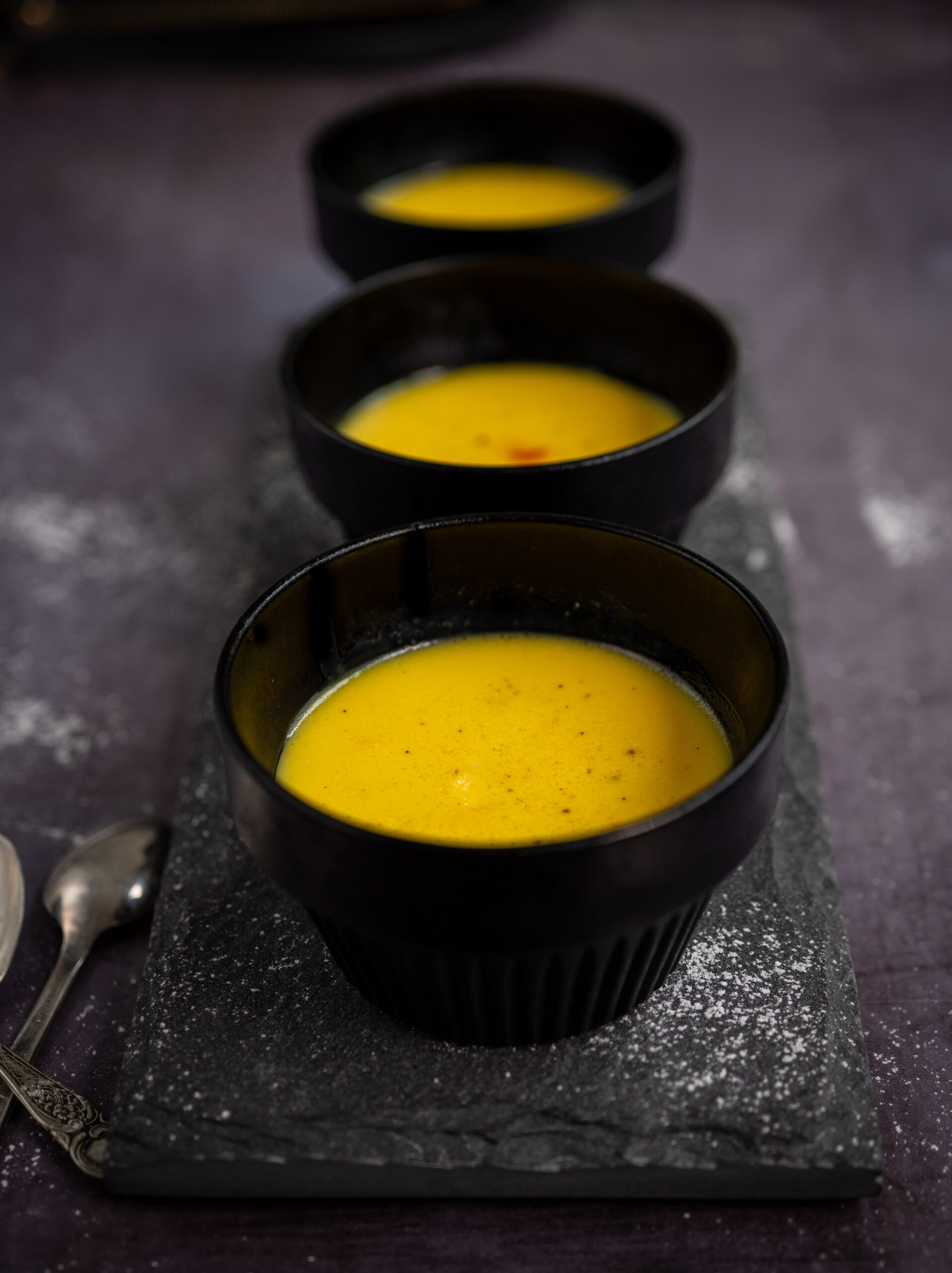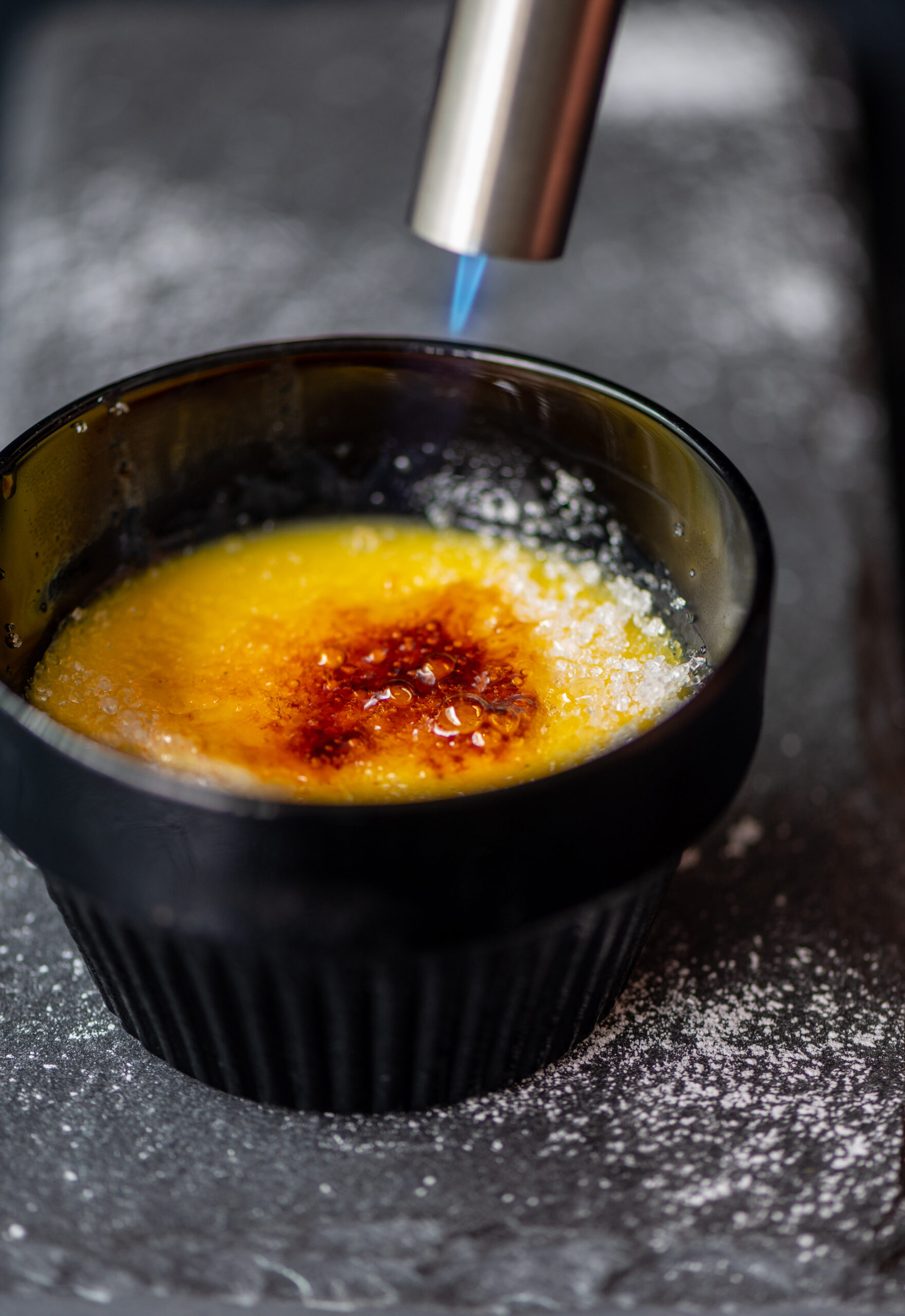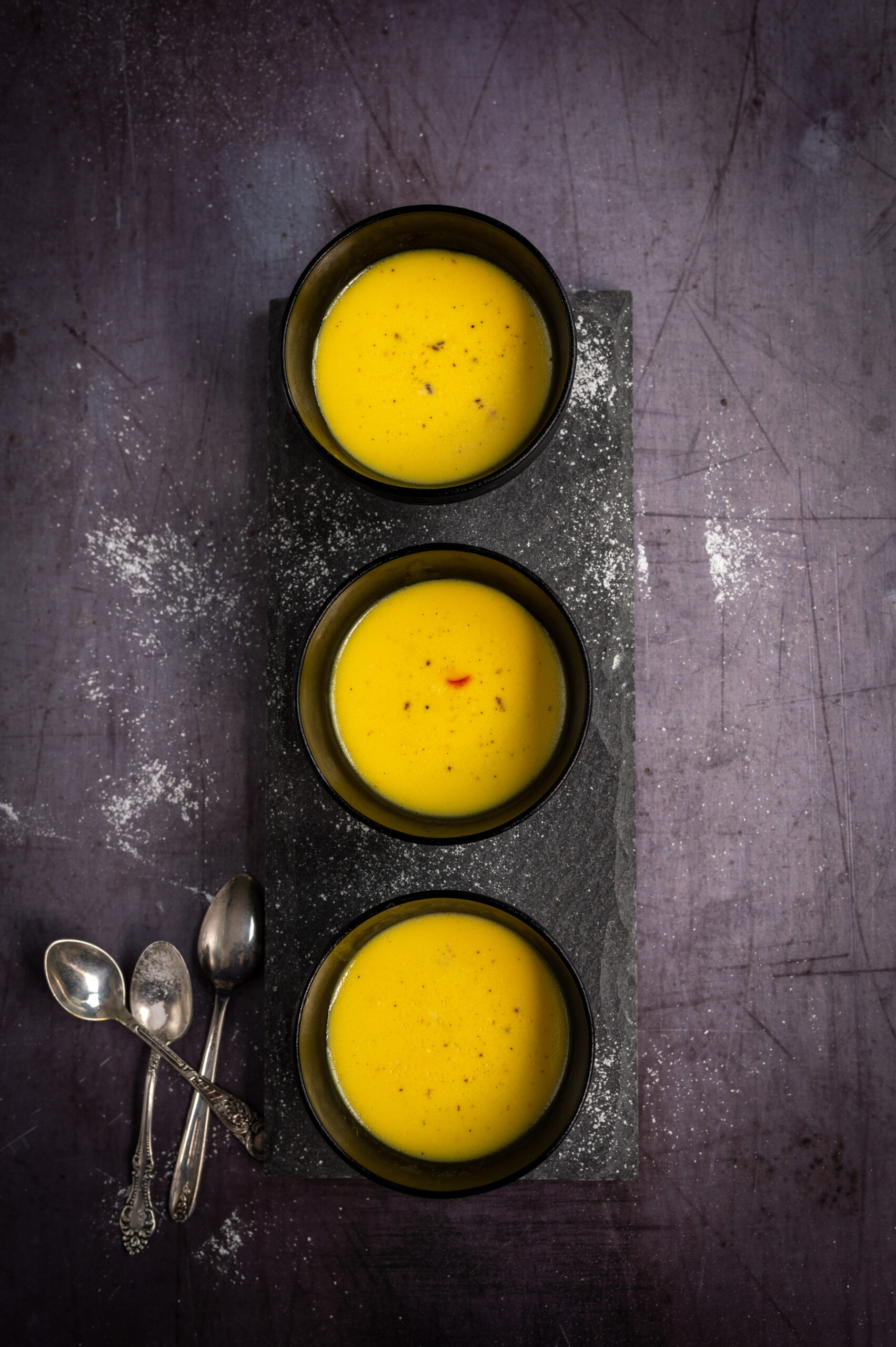There are elaborate ways of making a Victoria sponge cake, but after various experiments, I came to realise that an easier method makes for a very satisfying dessert indeed. While it has a fancy name (it is called this because it was the favourite dessert of the British Queen Victoria), in truth the Victoria sponge cake is itself actually one of the simpler variations of the sponge cake. It consists of two layers, between which cream and berries are sandwiched. It’s a lighter cake, ideal for the summer, and I’m delighted to share the recipe with you.
It certainly wasn’t only Queen Victoria’s favourite. I think my mother enjoyed baking it too, as much as I enjoyed eating it, and it was often the special treat when we came home on some days, like birthdays. I can’t help but repeat myself, as I have so many times over the years, but my mom was my first teacher in the realm of the kitchen and my inspiration in all my culinary adventures – whether that’s cooking, exploring cuisines, food studies, eating mindfully or crafting this blog. She has been gone for a few years now, and nowadays I think often about how we as children both little and grown-up take our moms for granted. All those times when they call and we say, “Sorry, I don’t have time” – and all the regrets, later on… If your mother is still in your life, do try and spend more time with her. Take it from me, as someone who misses hers a lot.
Missing my mom also means reminiscing about all the food she made for us over the years, and returning to those experiences in my own kitchen. This Victoria sponge cake is obviously one such experience for me, for the scent in particular brings her to mind vividly. My mother’s handwritten cookbook contained a recipe for Victoria sponge cake. To me, the cookbook even smelled of this cake, so I have a strong association between it and my memories both of my childhood and of my mother herself.
Perhaps my kids will also associate certain dishes and their aromas with me. On Sundays, when they’re visiting, they invariably ask me what I plan to bake for them that day. During the week, they will claim to be on diets and refuse the many goodies that pop into my oven on a daily basis, especially as I’m always baking for customers. But come Sunday, come the demands for baked deliciousness. This Sunday, I’ve already anticipated this request. Guess what I’ll be preparing for them?
I said earlier that one of the key components of a Victoria sponge cake is the use of berries. Seasonal ones are ideal. For mine, I have used a strawberry jam that a dear friend makes at home every year from fruit grown in her backyard. It’s the only strawberry jam we consume. It really is the best there is, and we are lucky to have it.
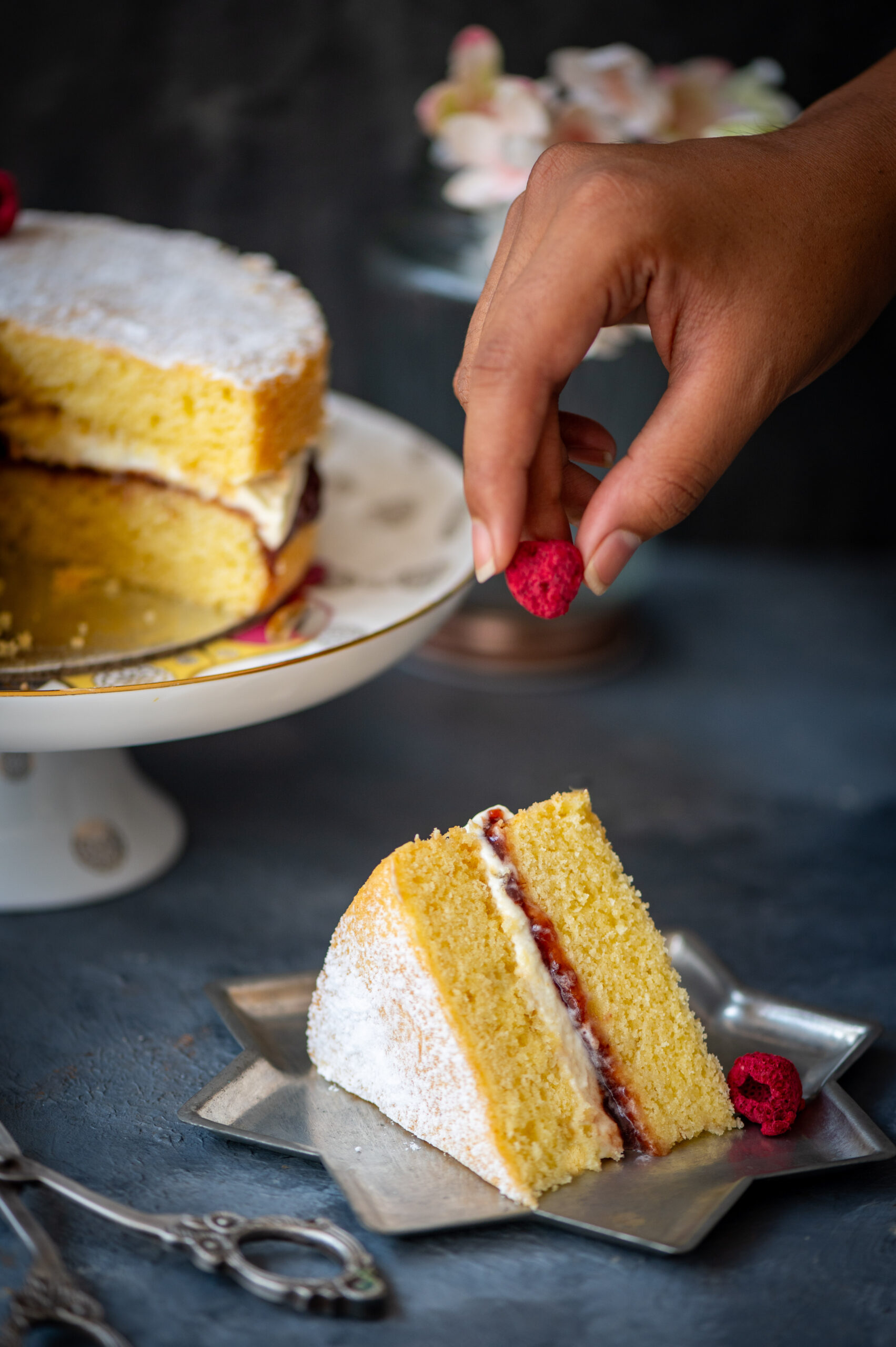
Simple Victoria Sponge Cake
(Serves: 6-8)
150 grams self-raising flour
150 grams unsalted butter
150 grams powdered sugar
3 eggs
½ teaspoon vanilla extract
2-3 tablespoons strawberry jam
½ cup butter cream
Preheat the oven to 170°. Prepare two 8-inch tins by greasing the edges and dusting with flour. Set aside.
In a bowl, add the butter and sugar. Beat until light and fluffy. Next, add the eggs one at a time, making sure to beat well each time. Add the vanilla extract and beat again.
Sieve the flour and add it to the mixture. Fold the mixture and divide the batter into the two tins equally. Each of these will be one layer of the Victoria sponge cake.
Bake for 25 minutes or until the cake layers turns golden. Then, remove them from the oven and allow to cool.
To assemble the Victoria sponge cake, apply strawberry jam generously on top of one layer. Over this, apply butter cream generously as well. Now, gently place the other layer on top of the first. Sprinkle some powdered sugar over the top.
Your Victoria sponge cake is now ready to be eaten. Slice and enjoy the delicious flavours of berries, cream and cake coming together. The cake can be stored in the fridge and enjoyed over a few days – or shared immediately with the whole family, the way I love to do.
